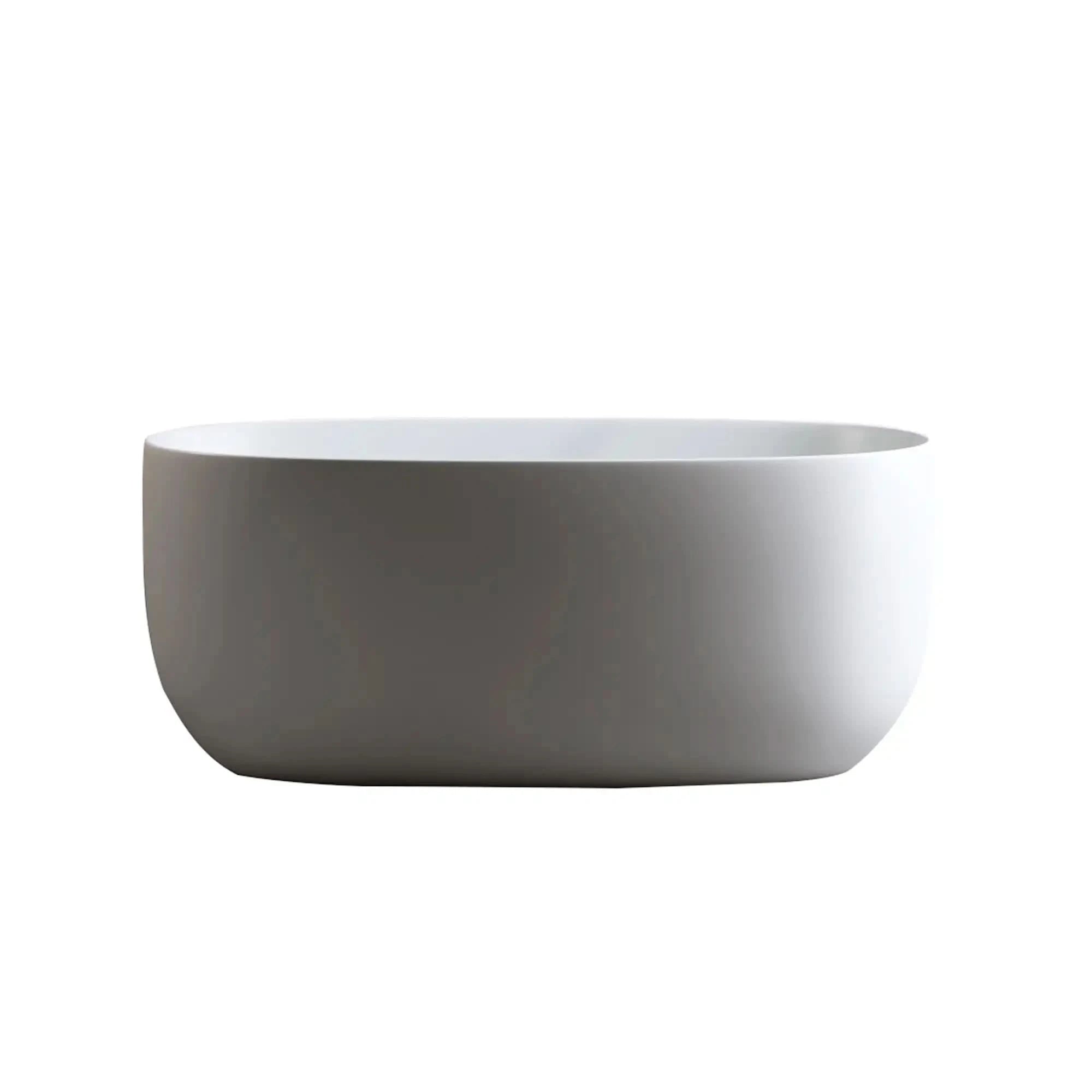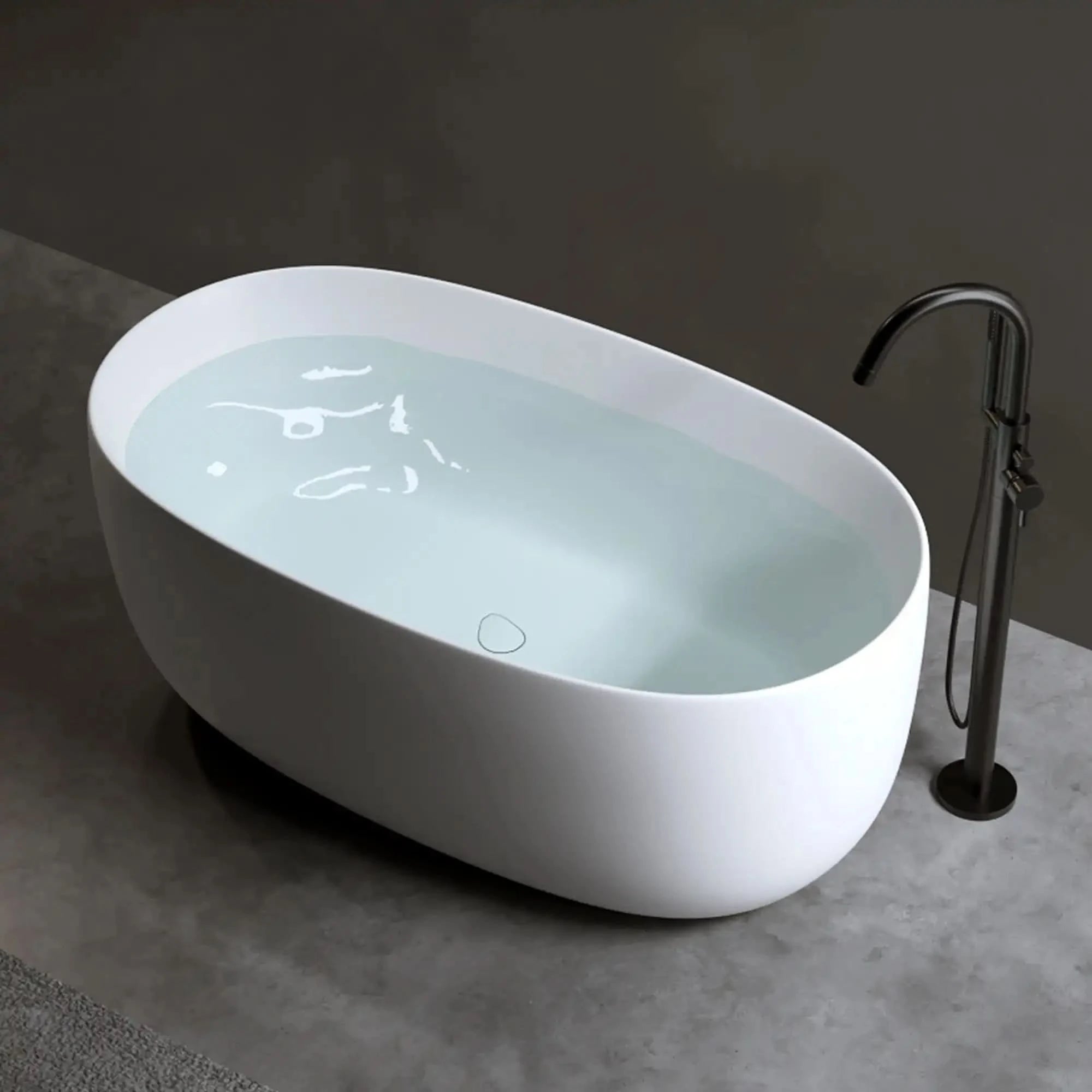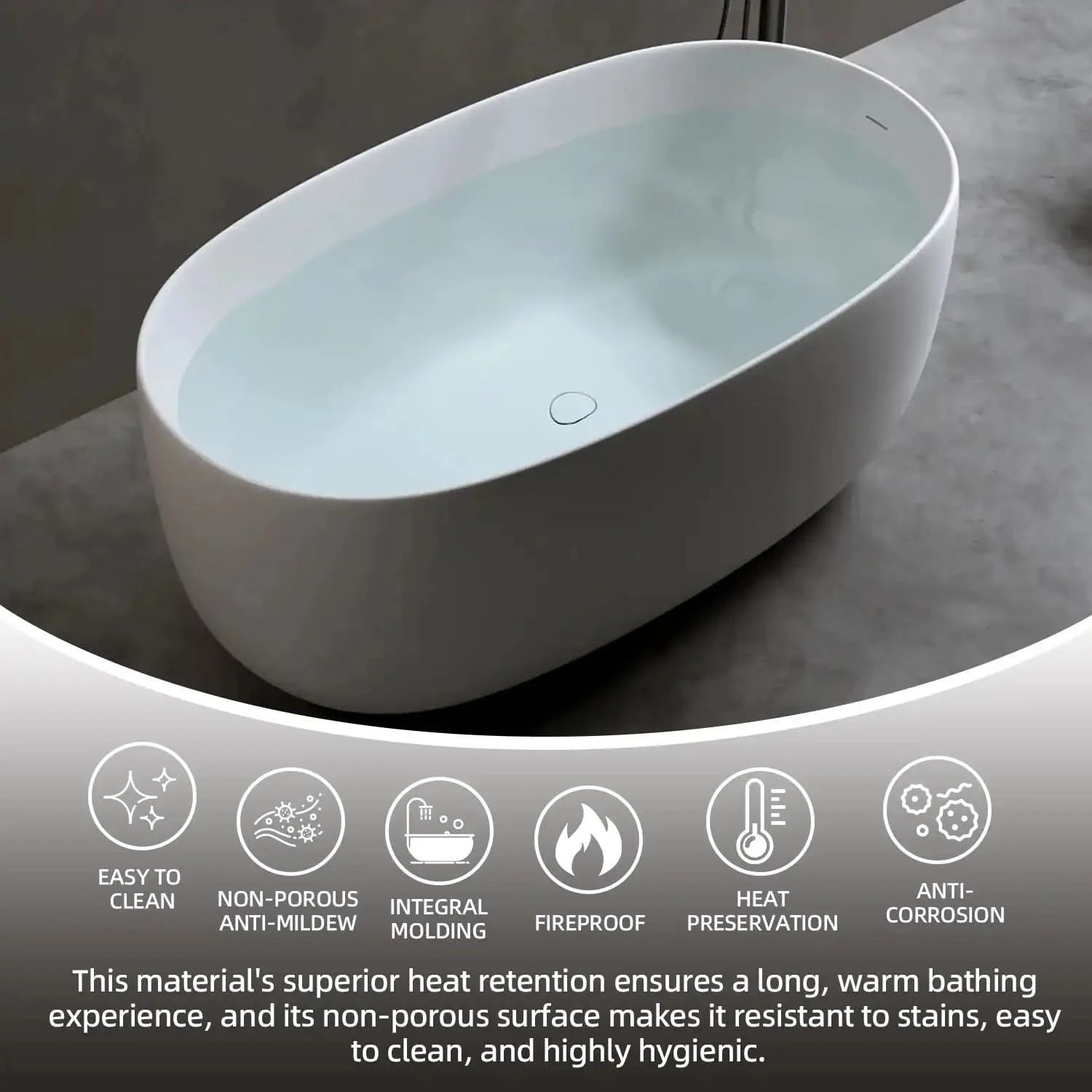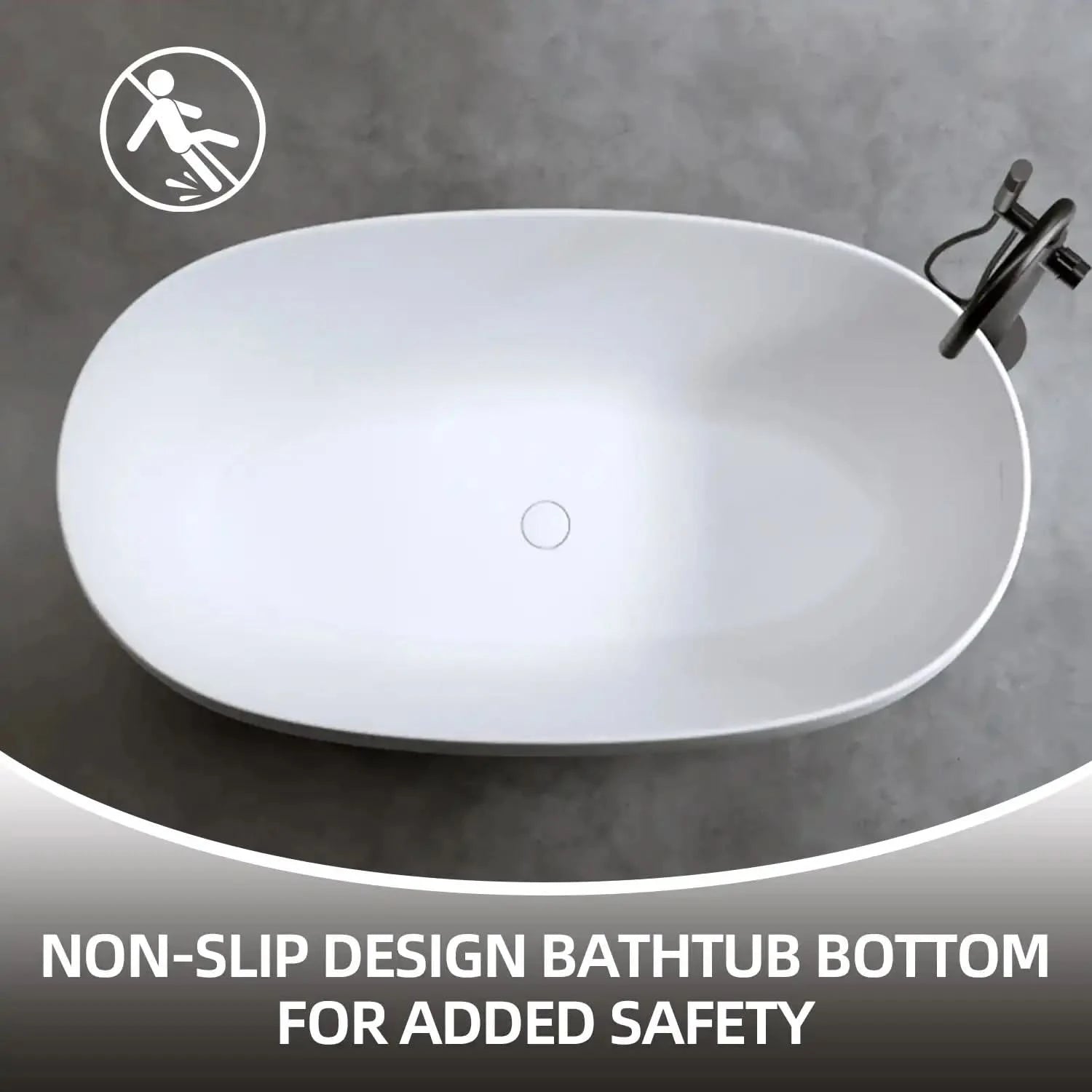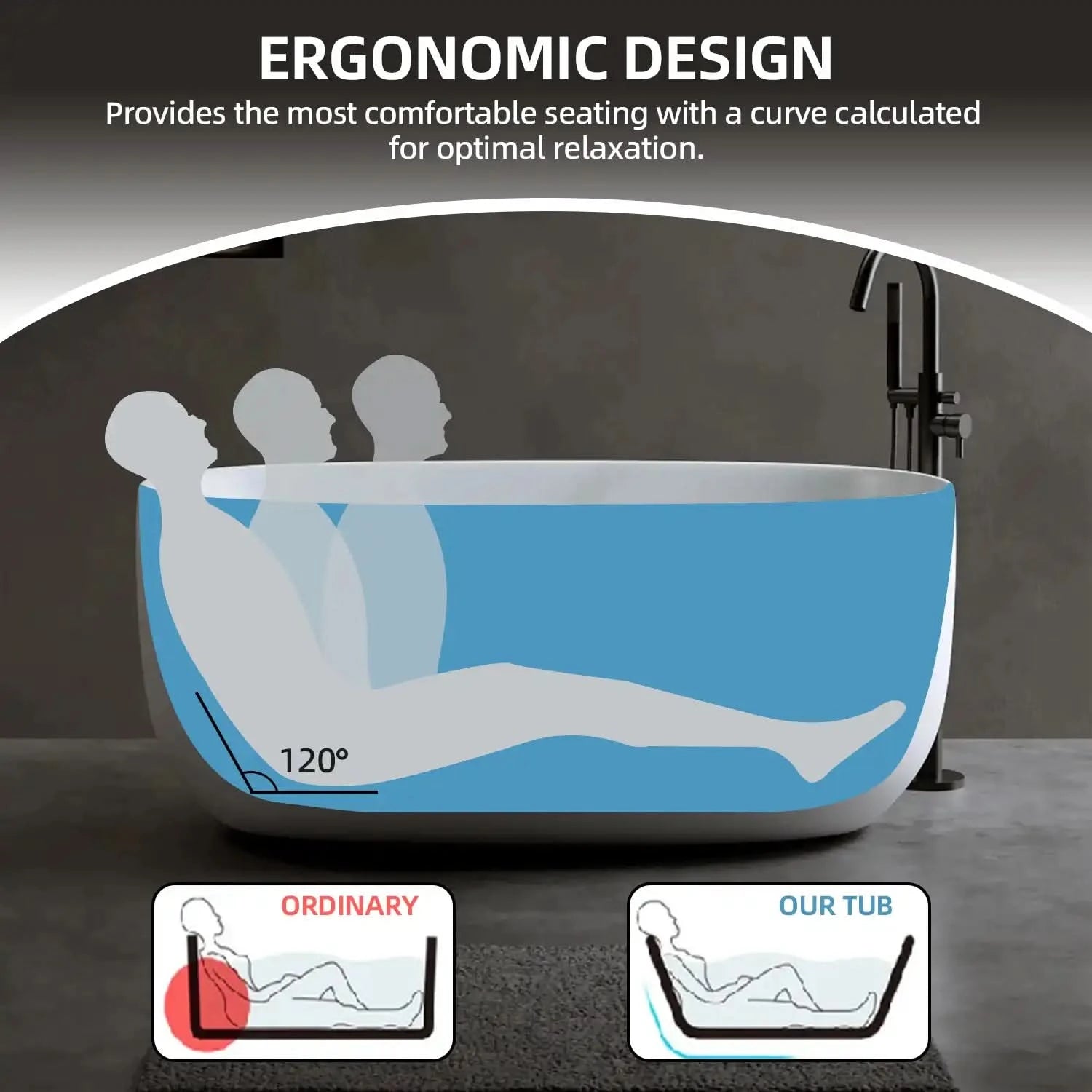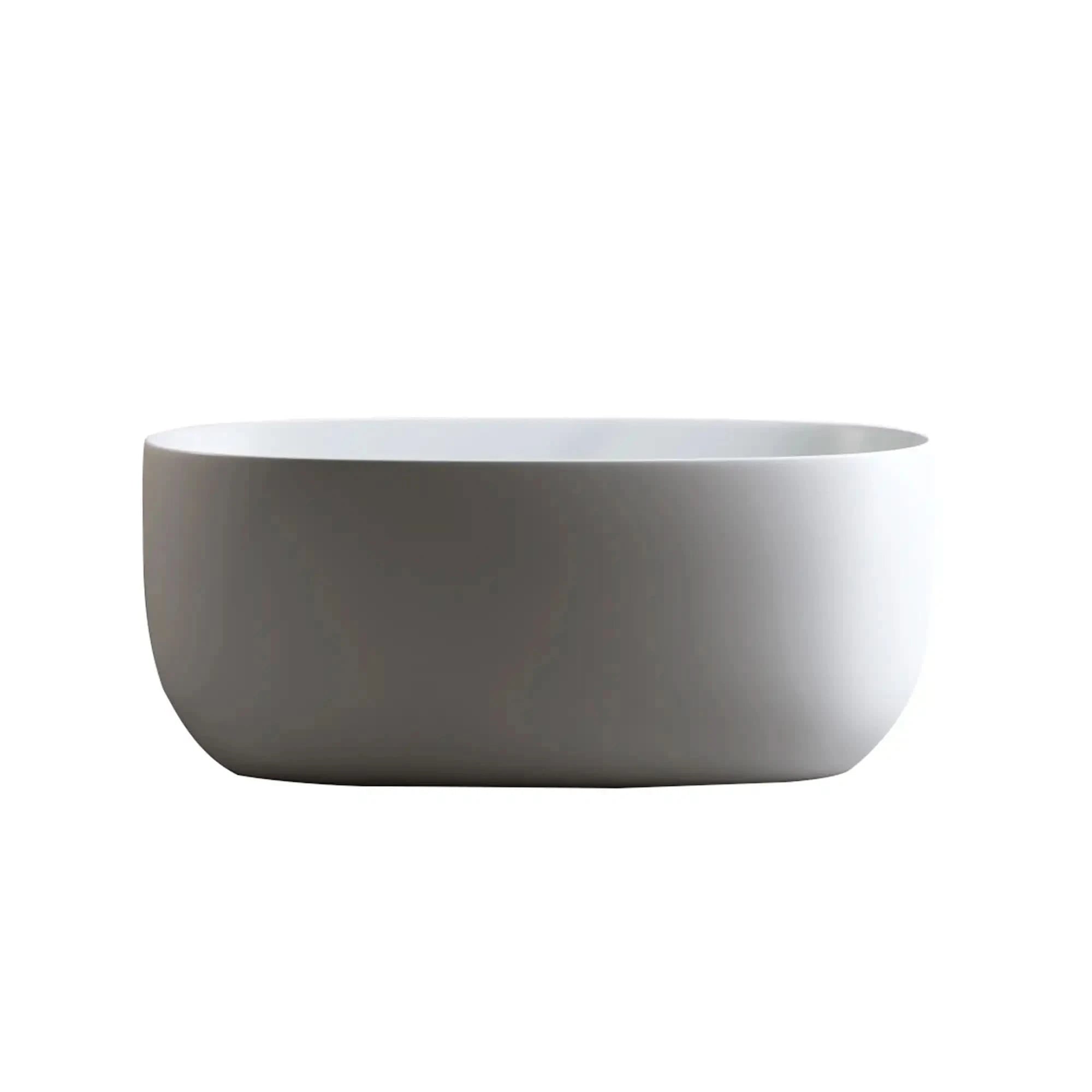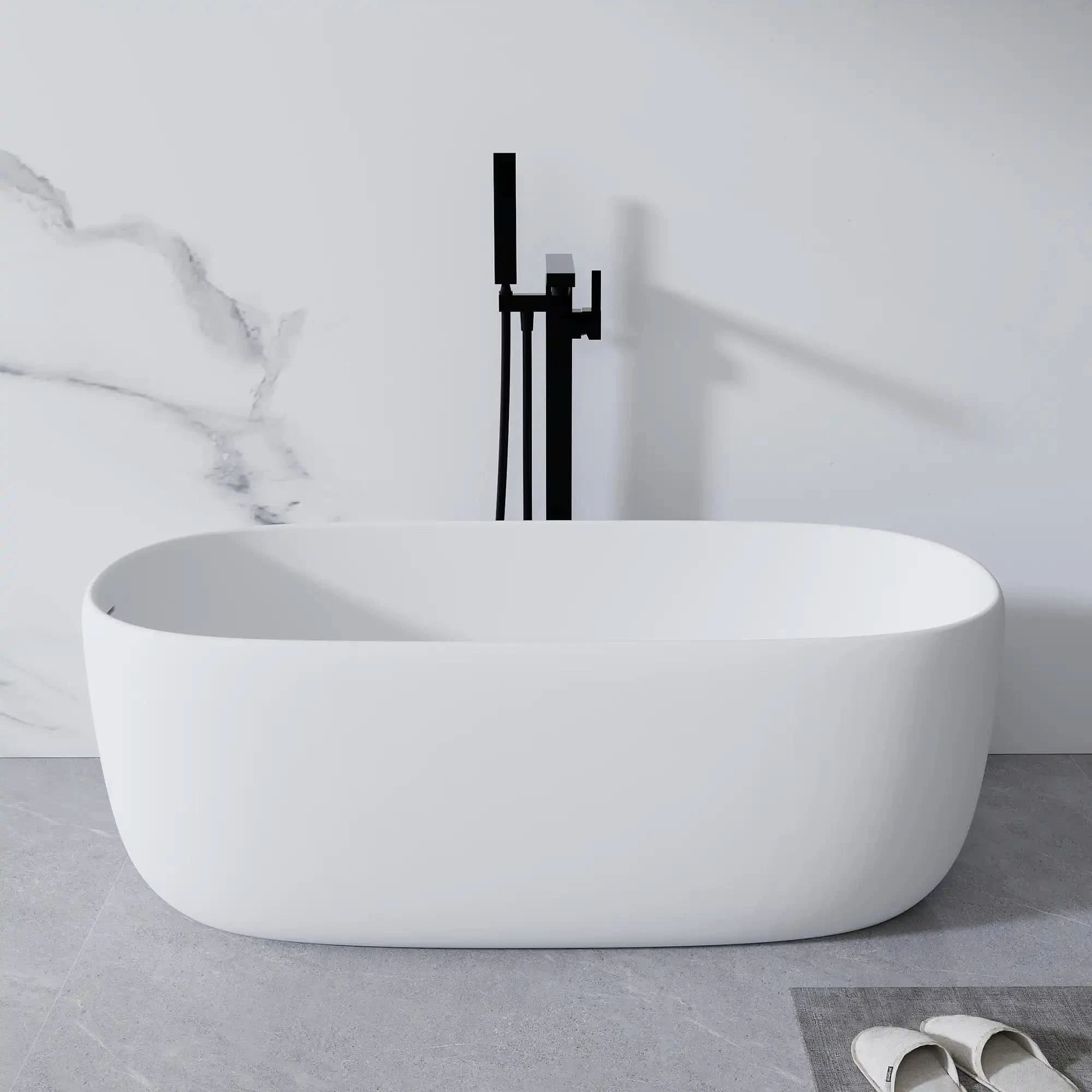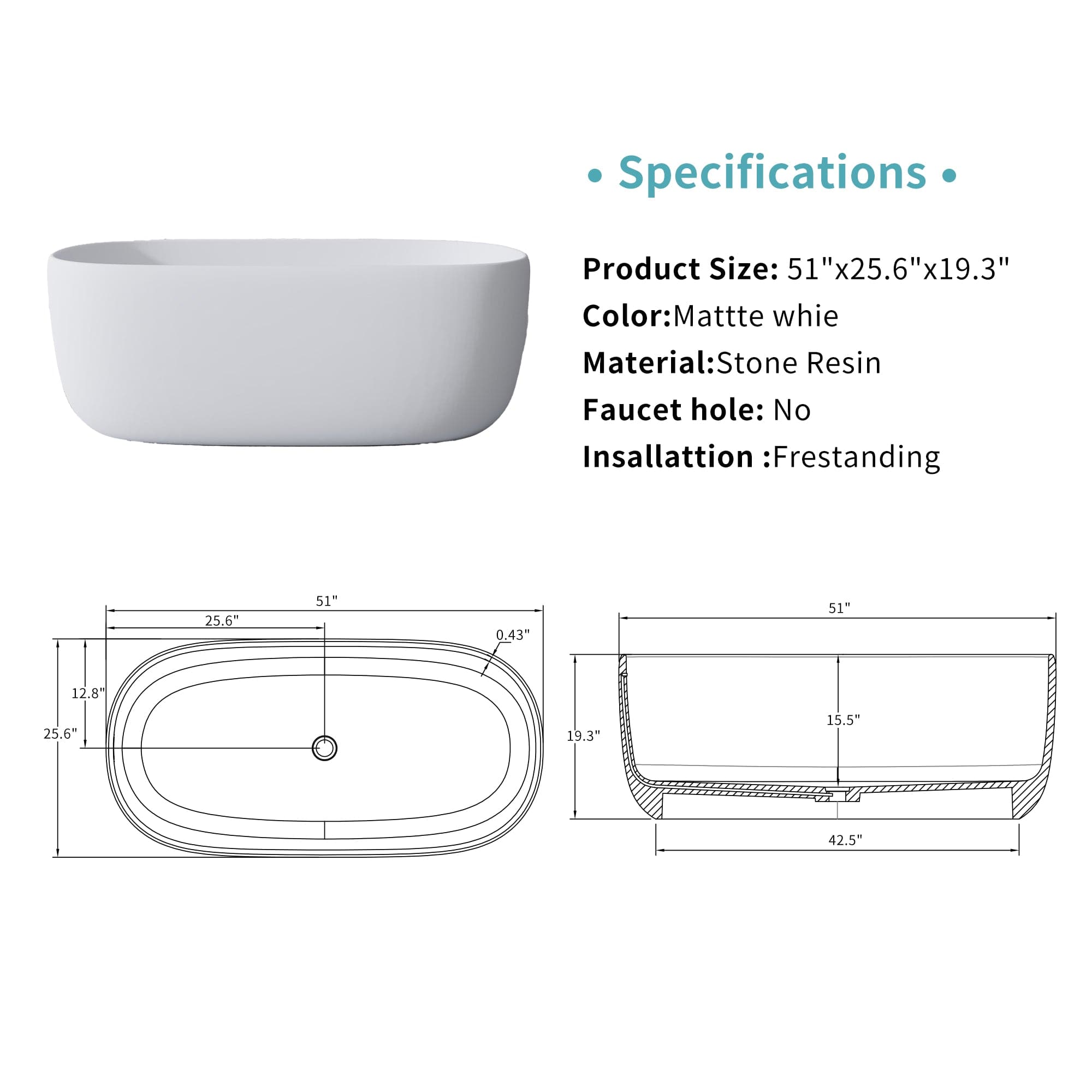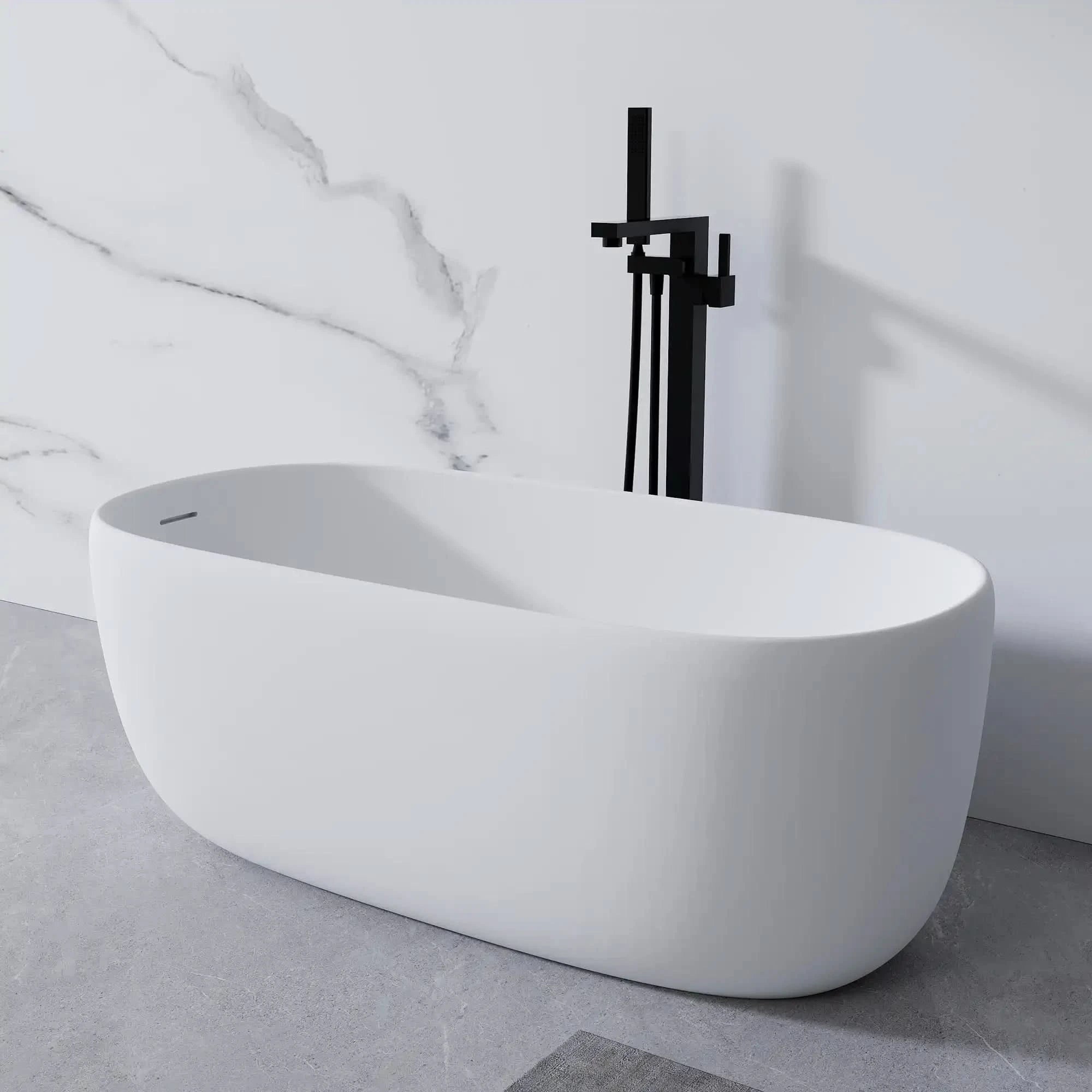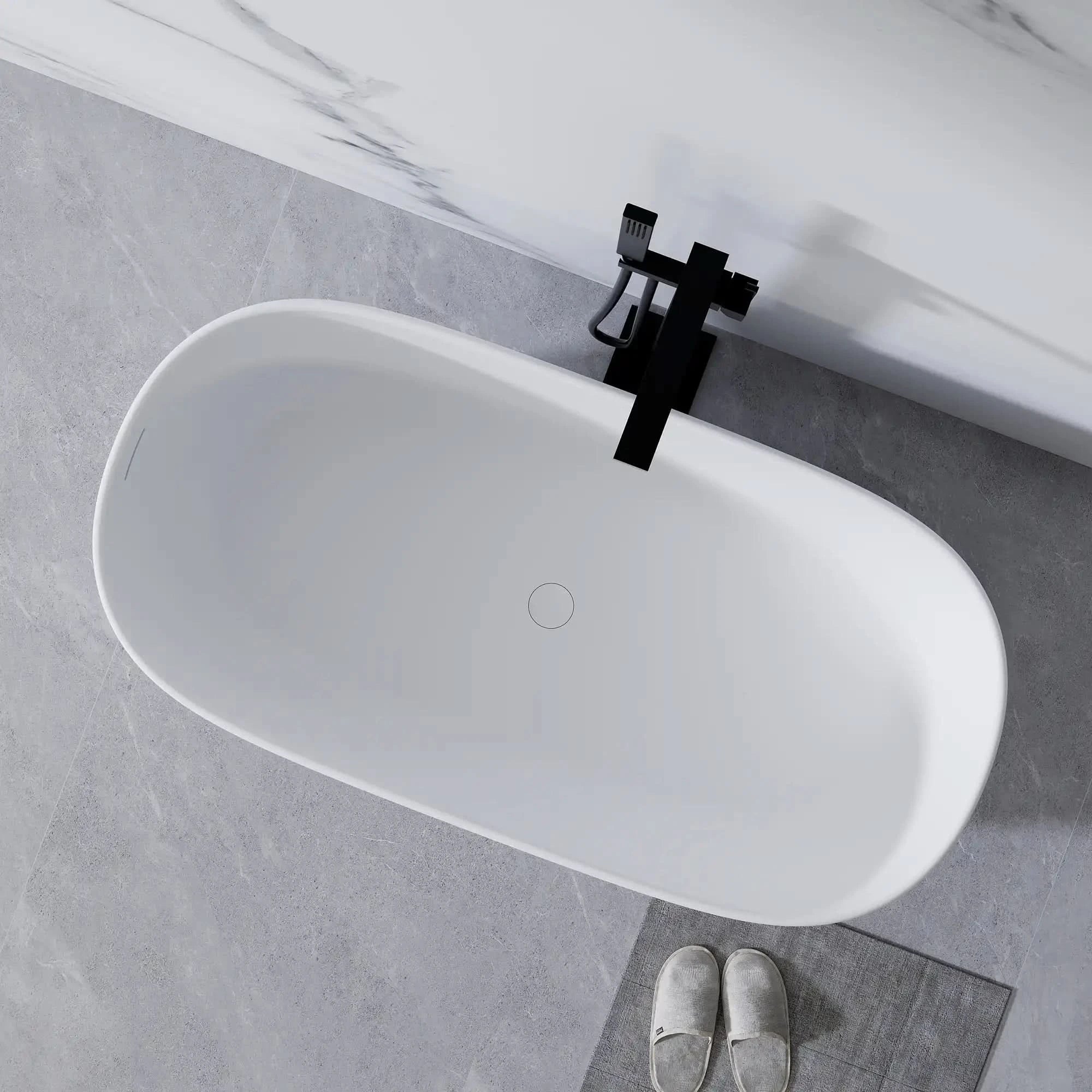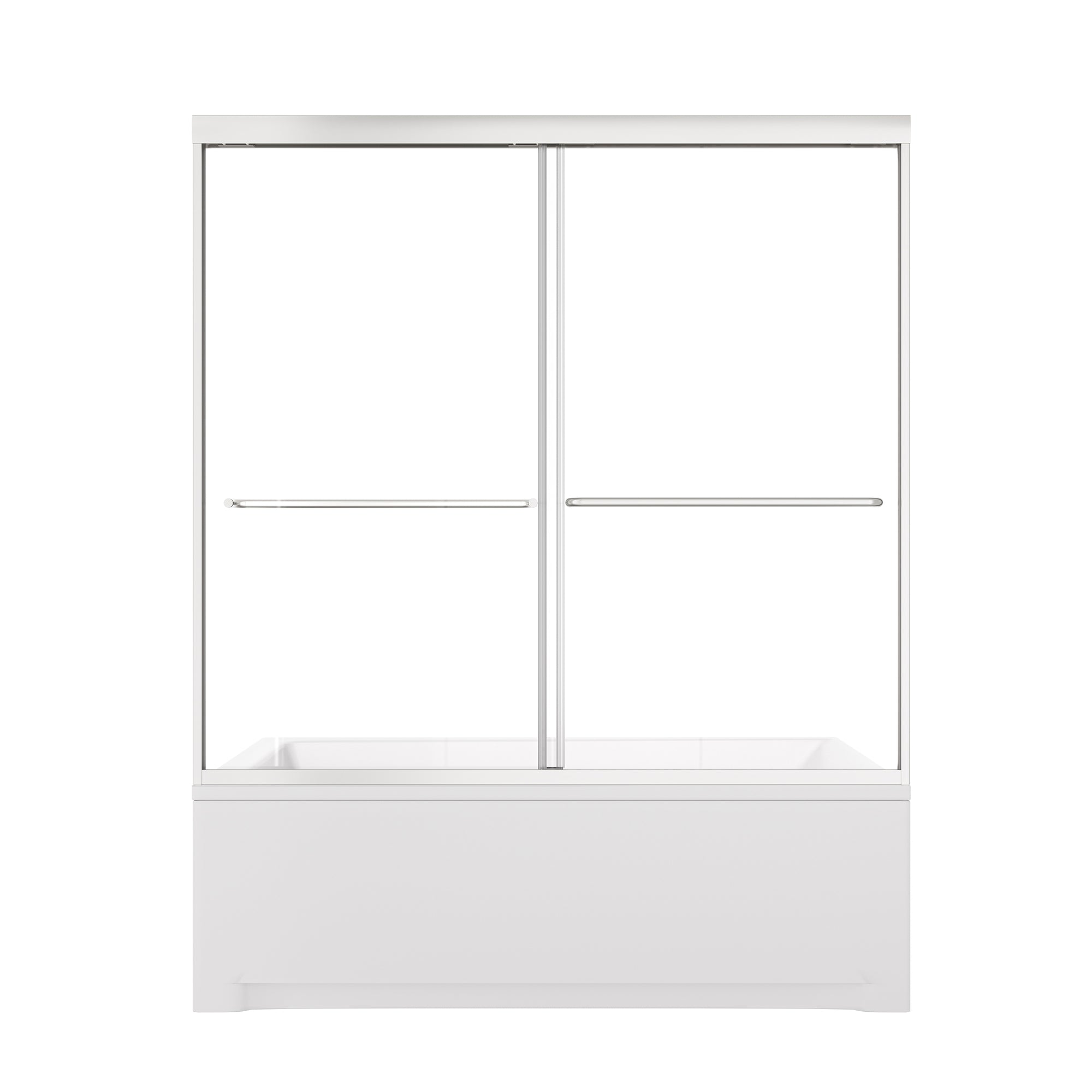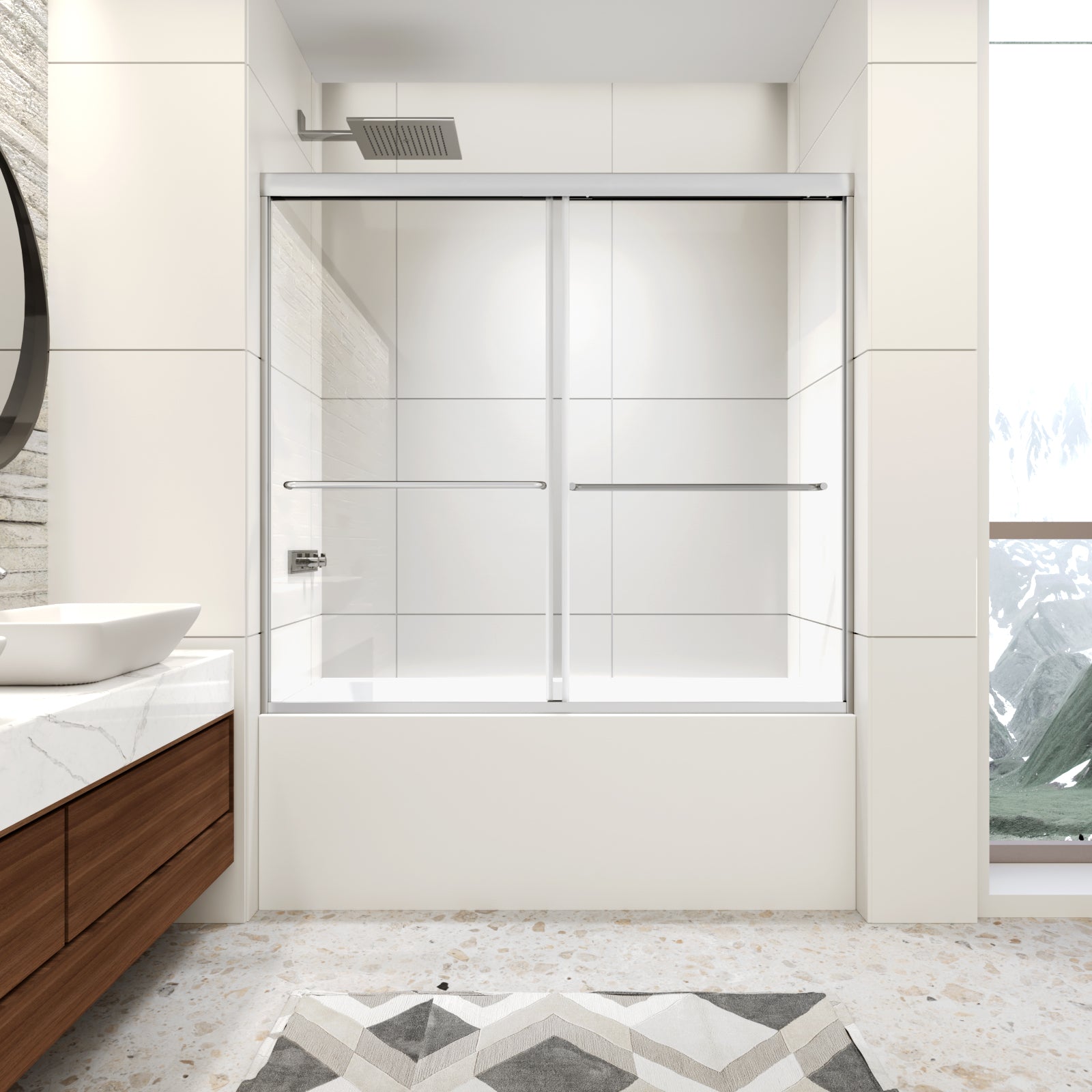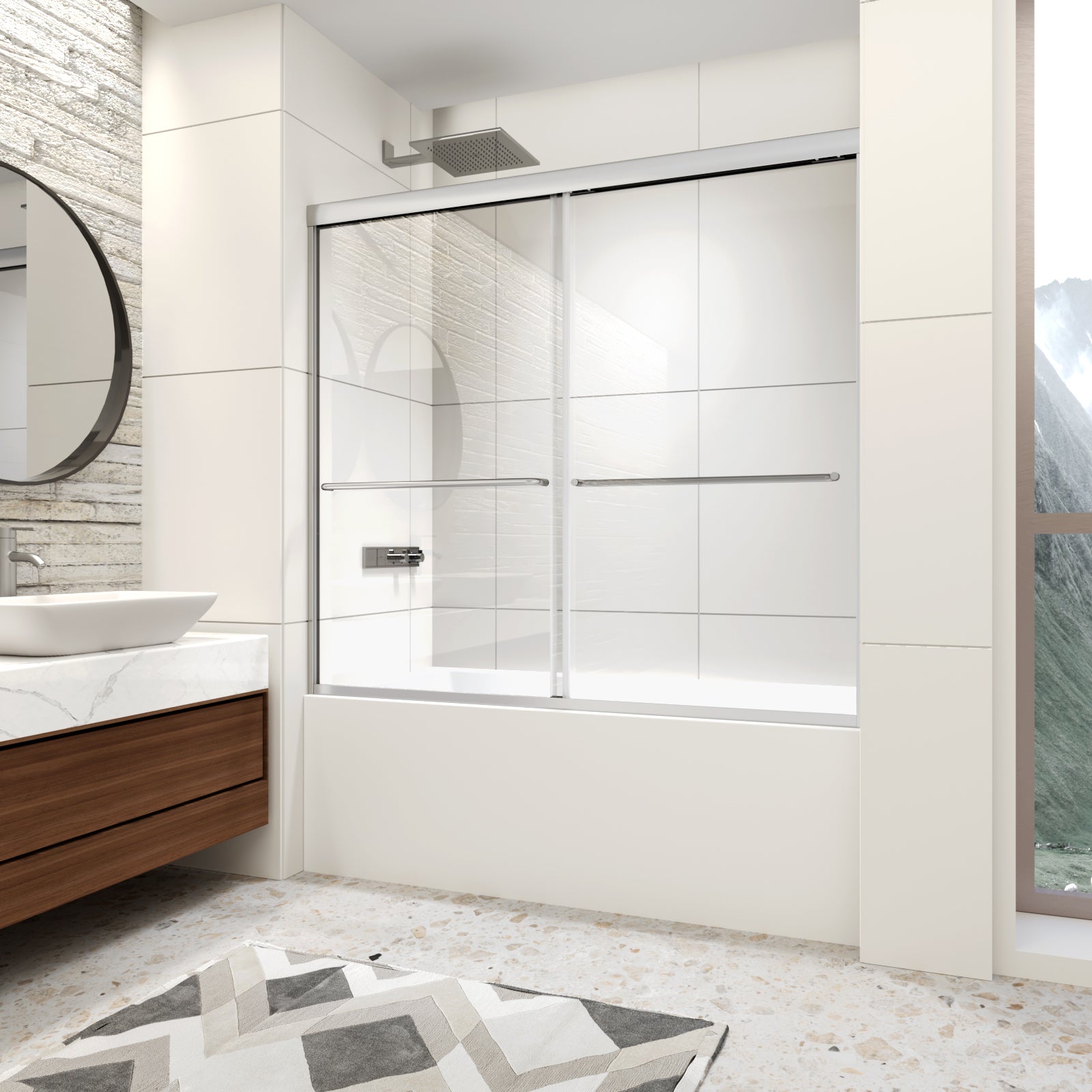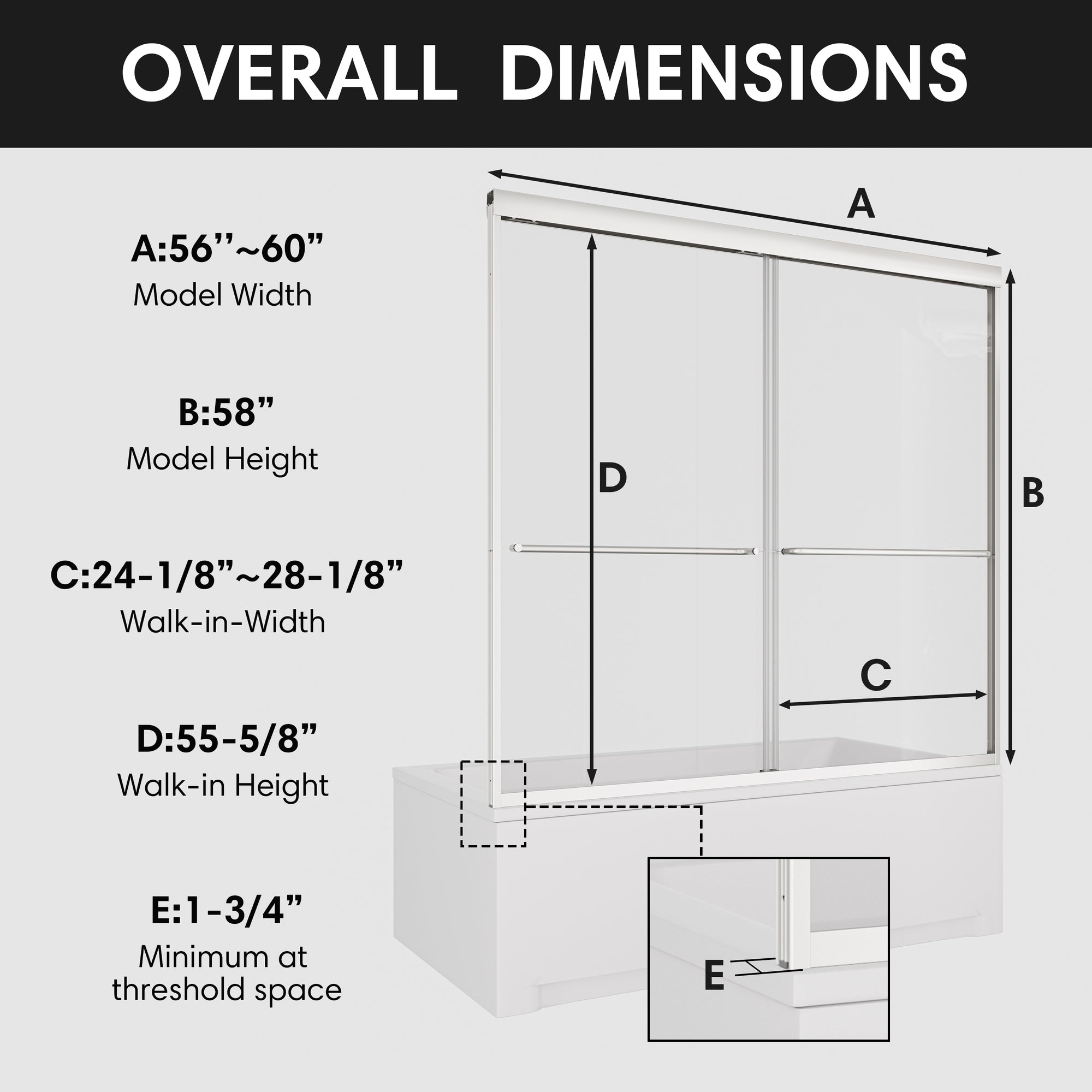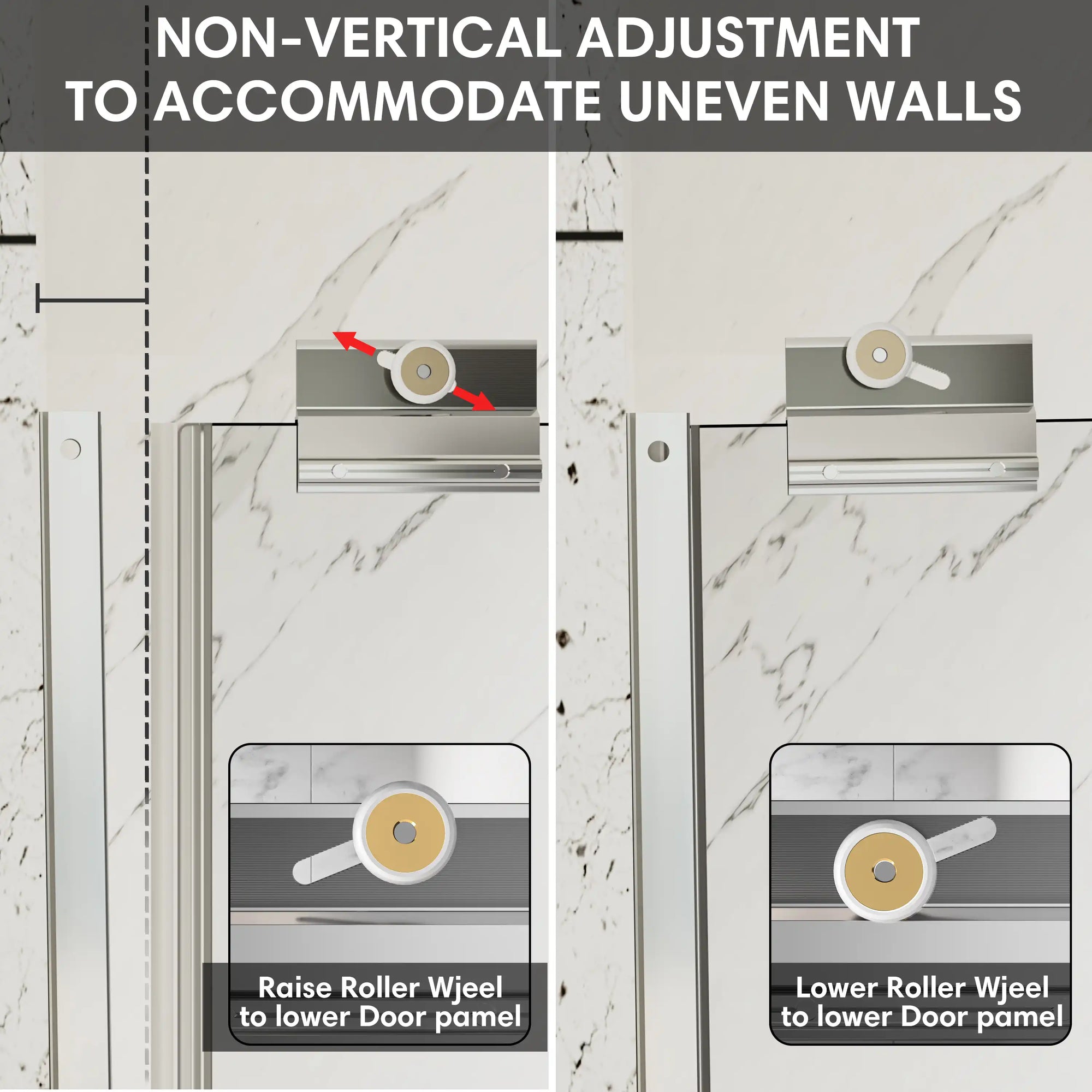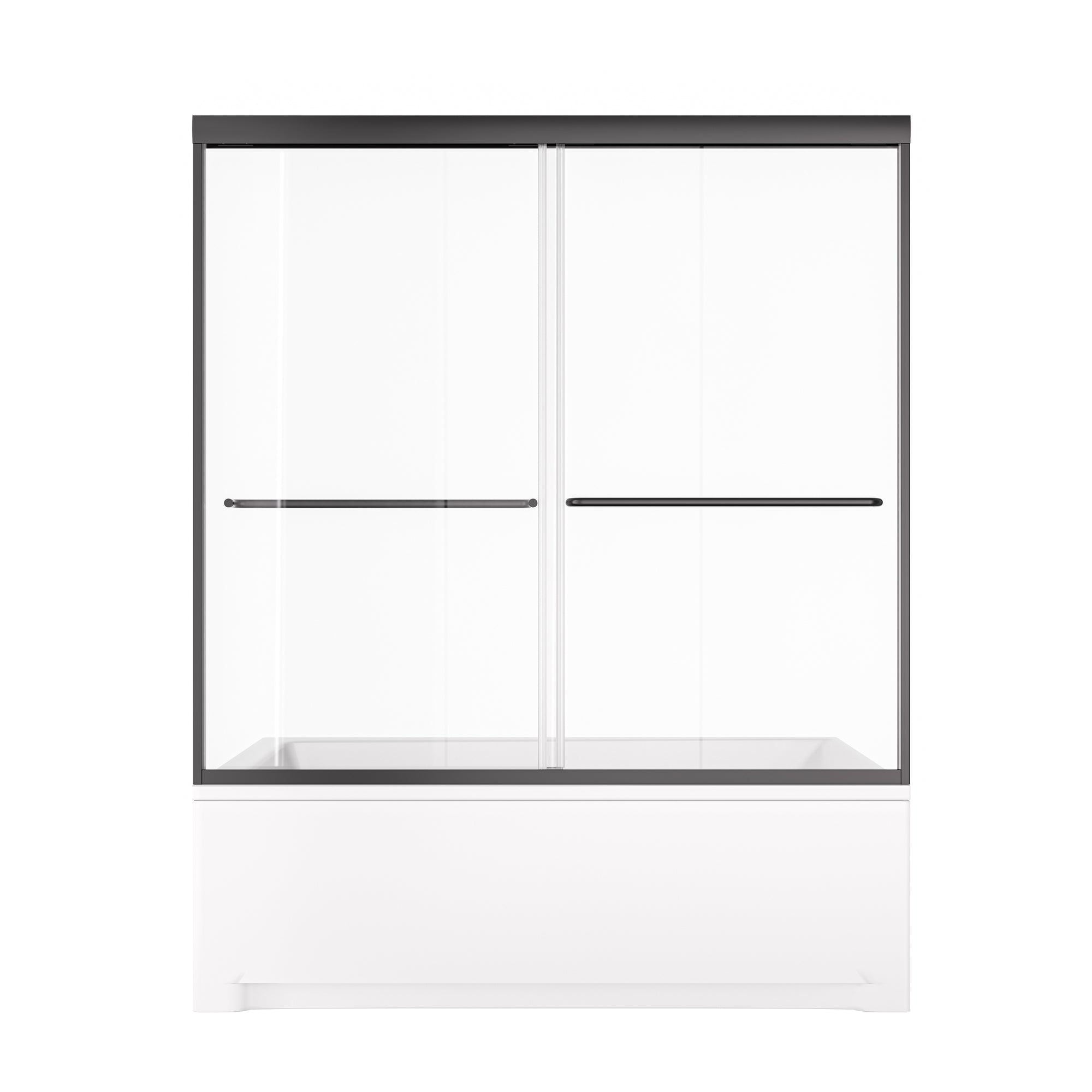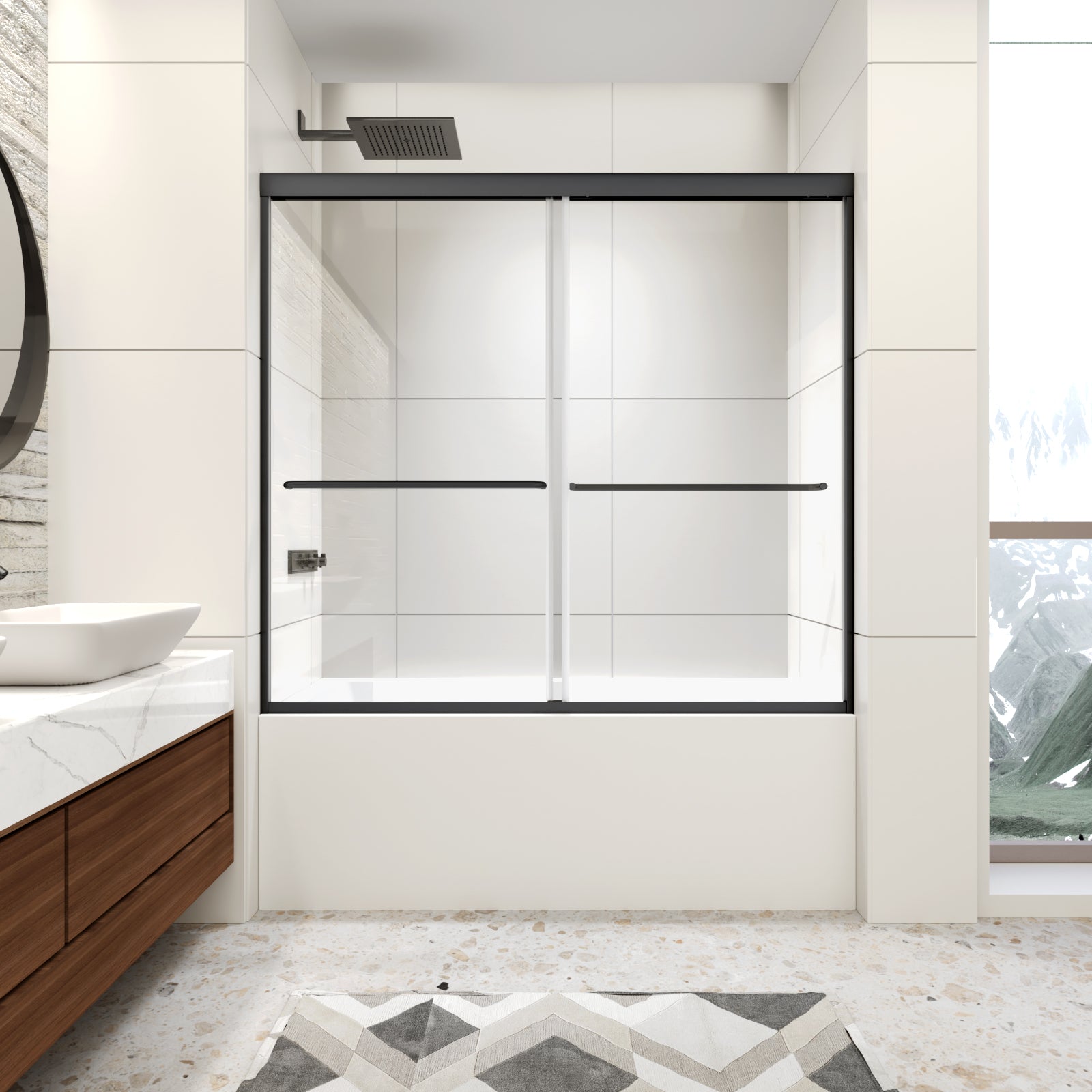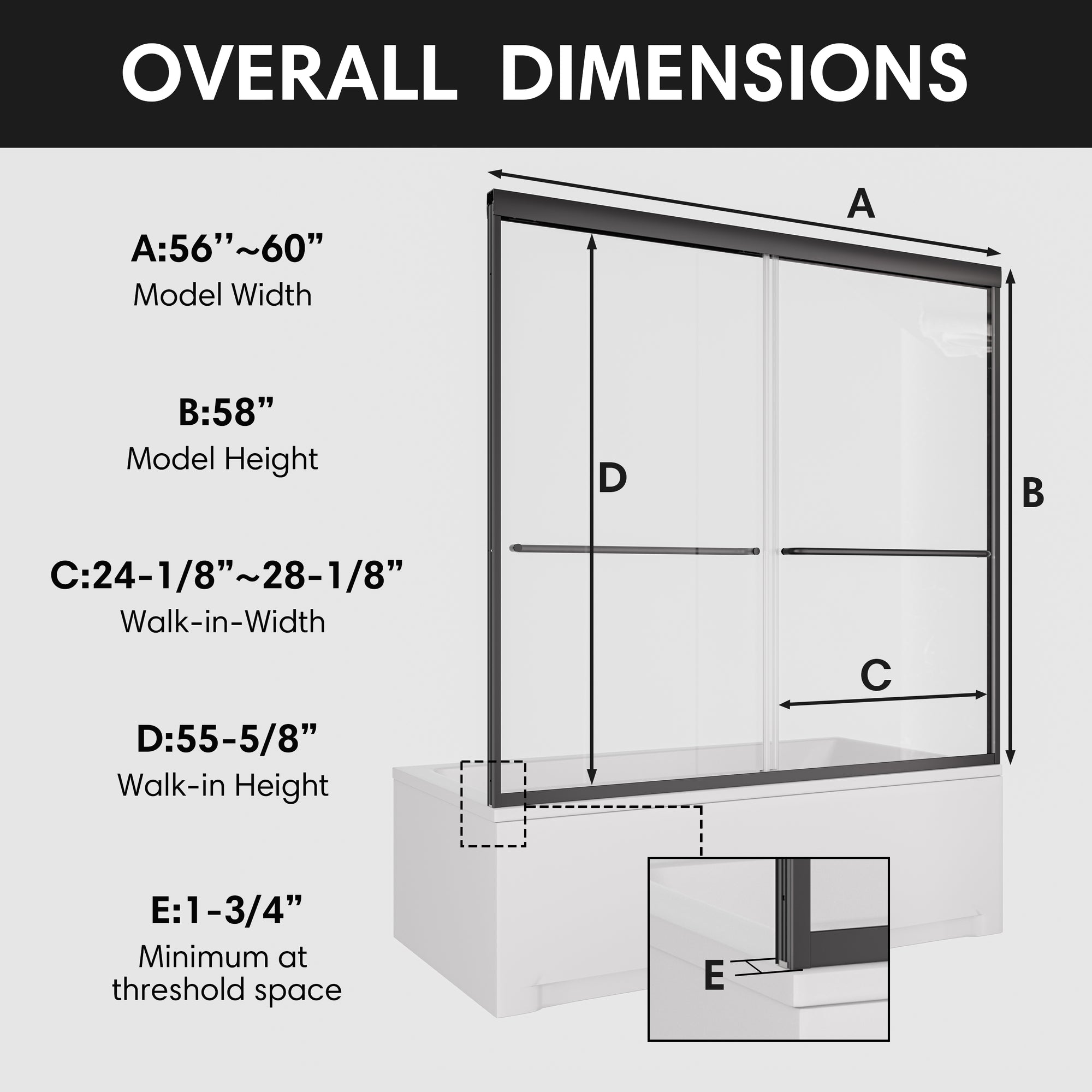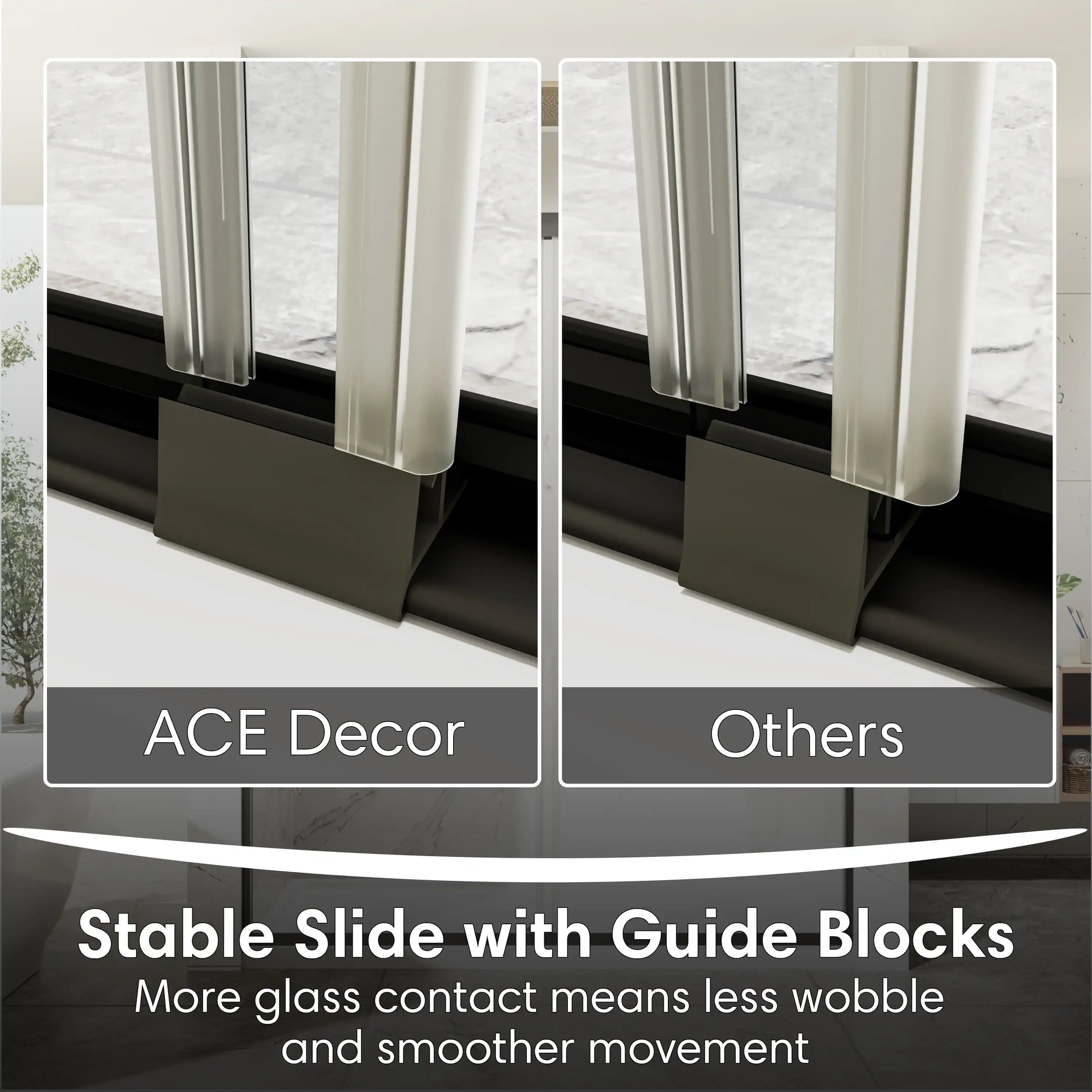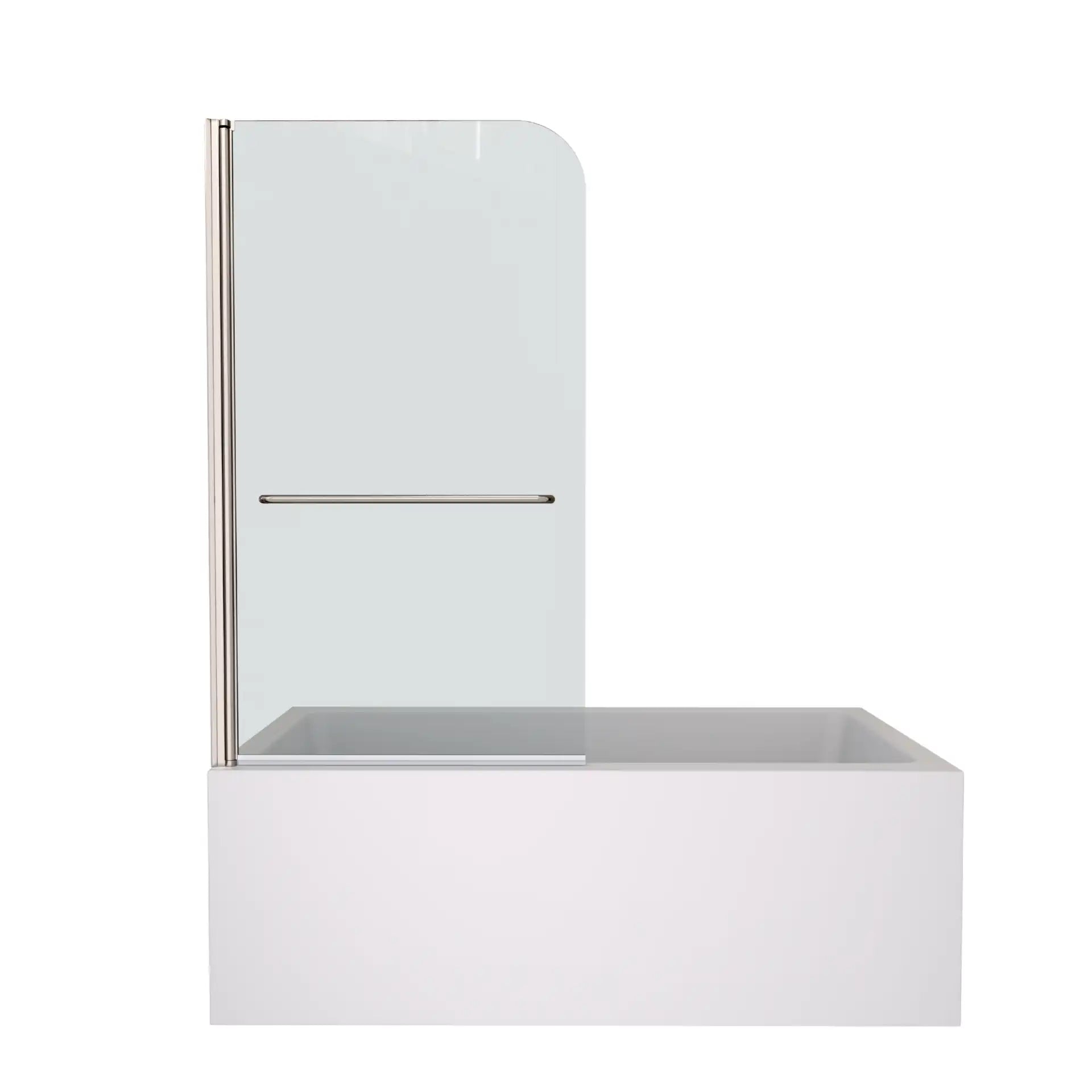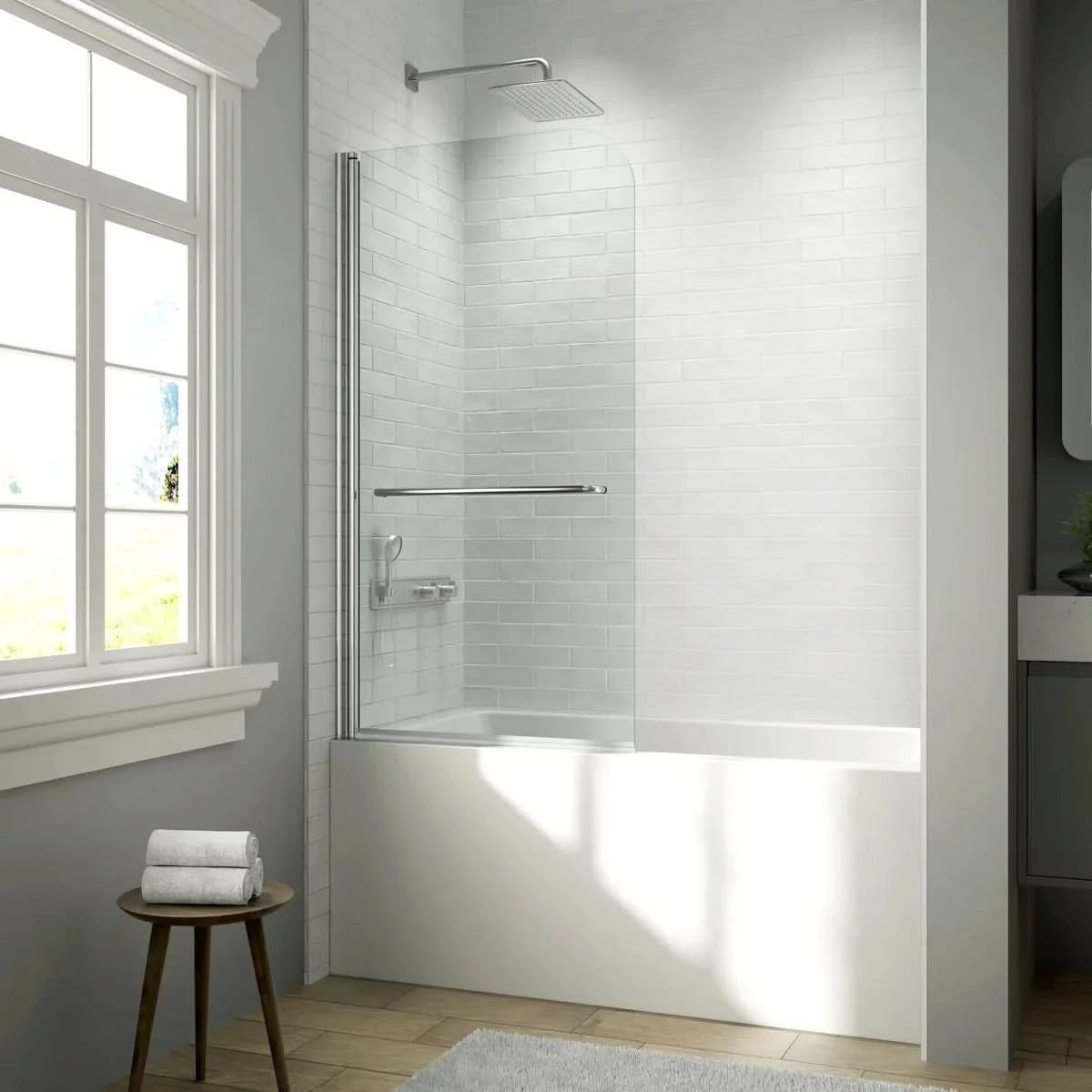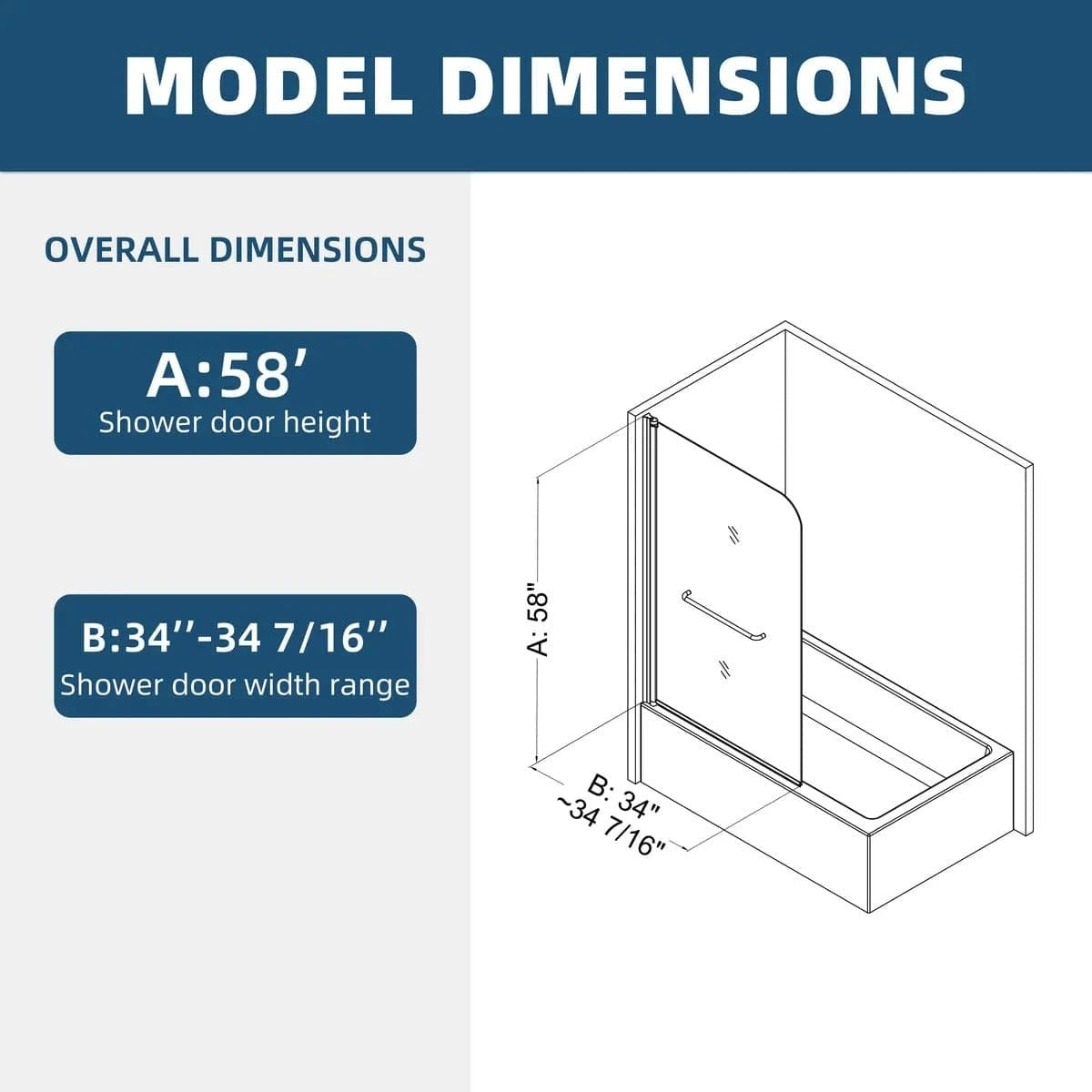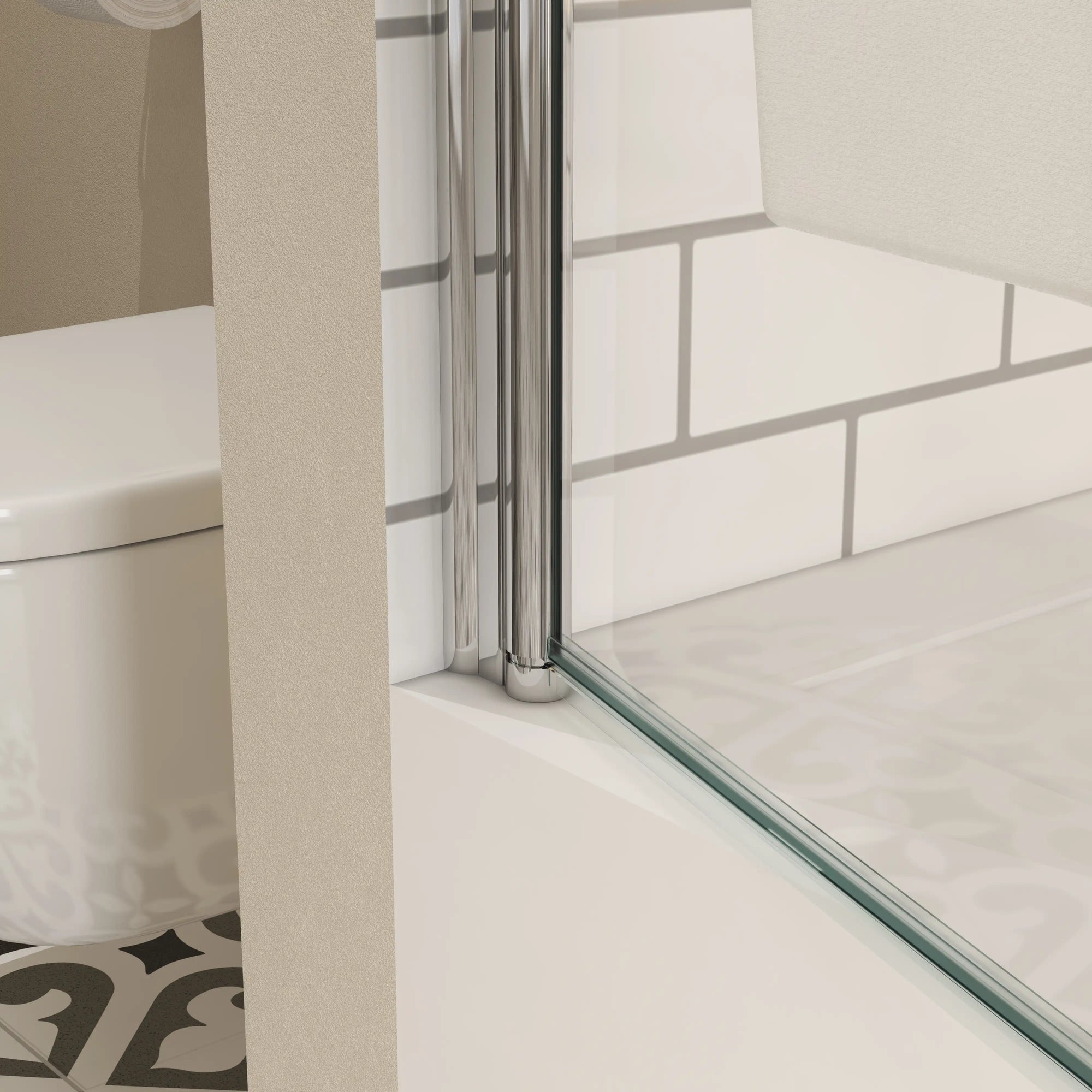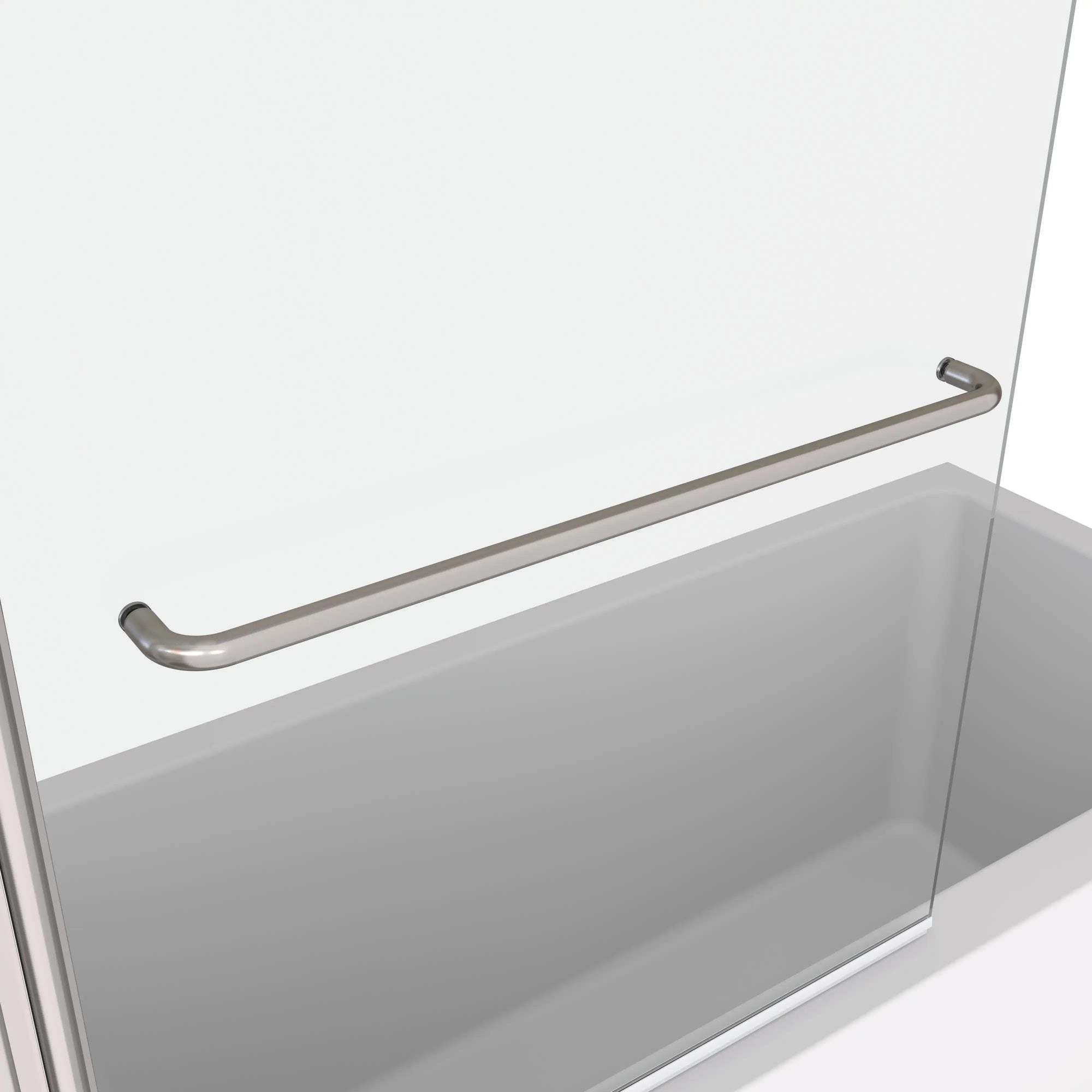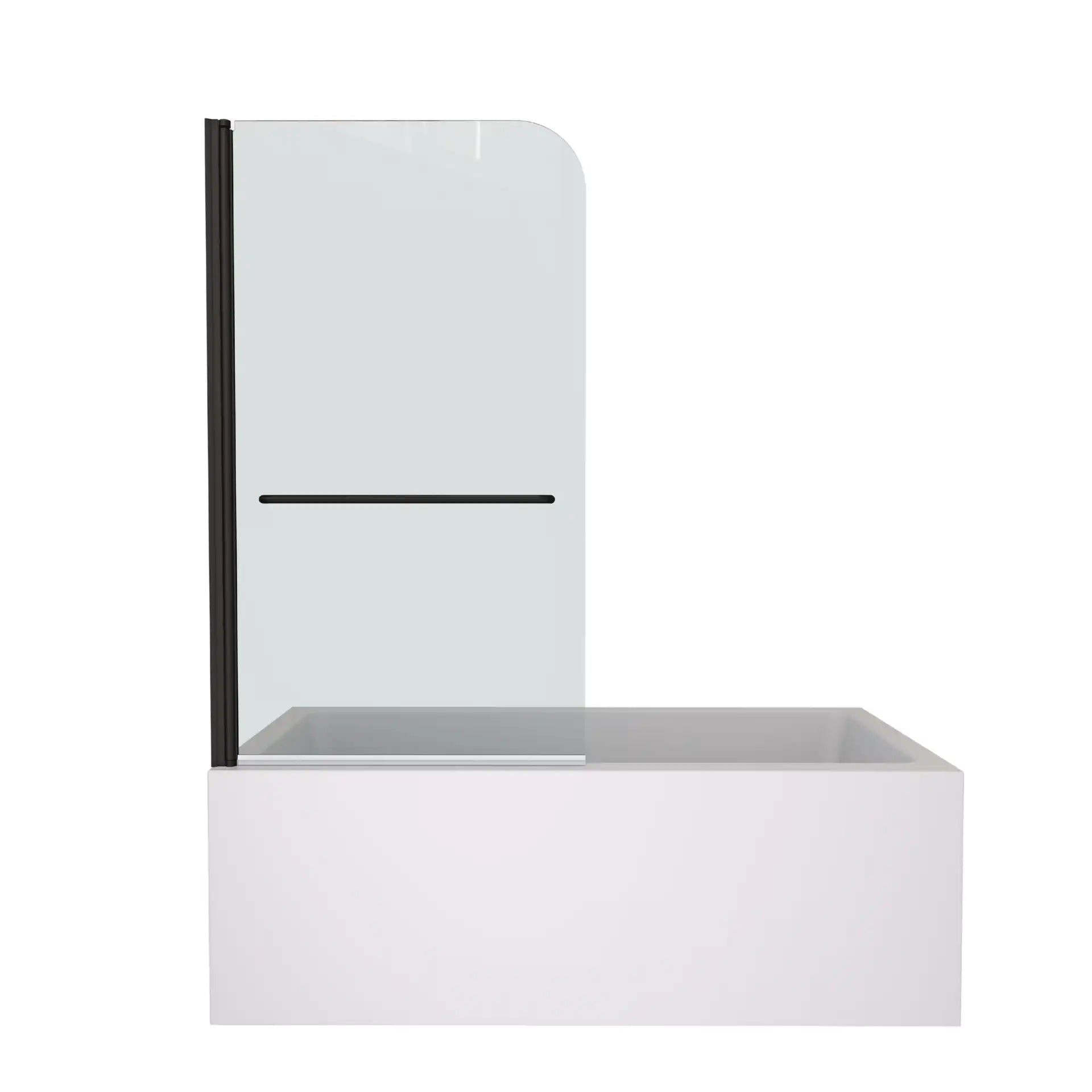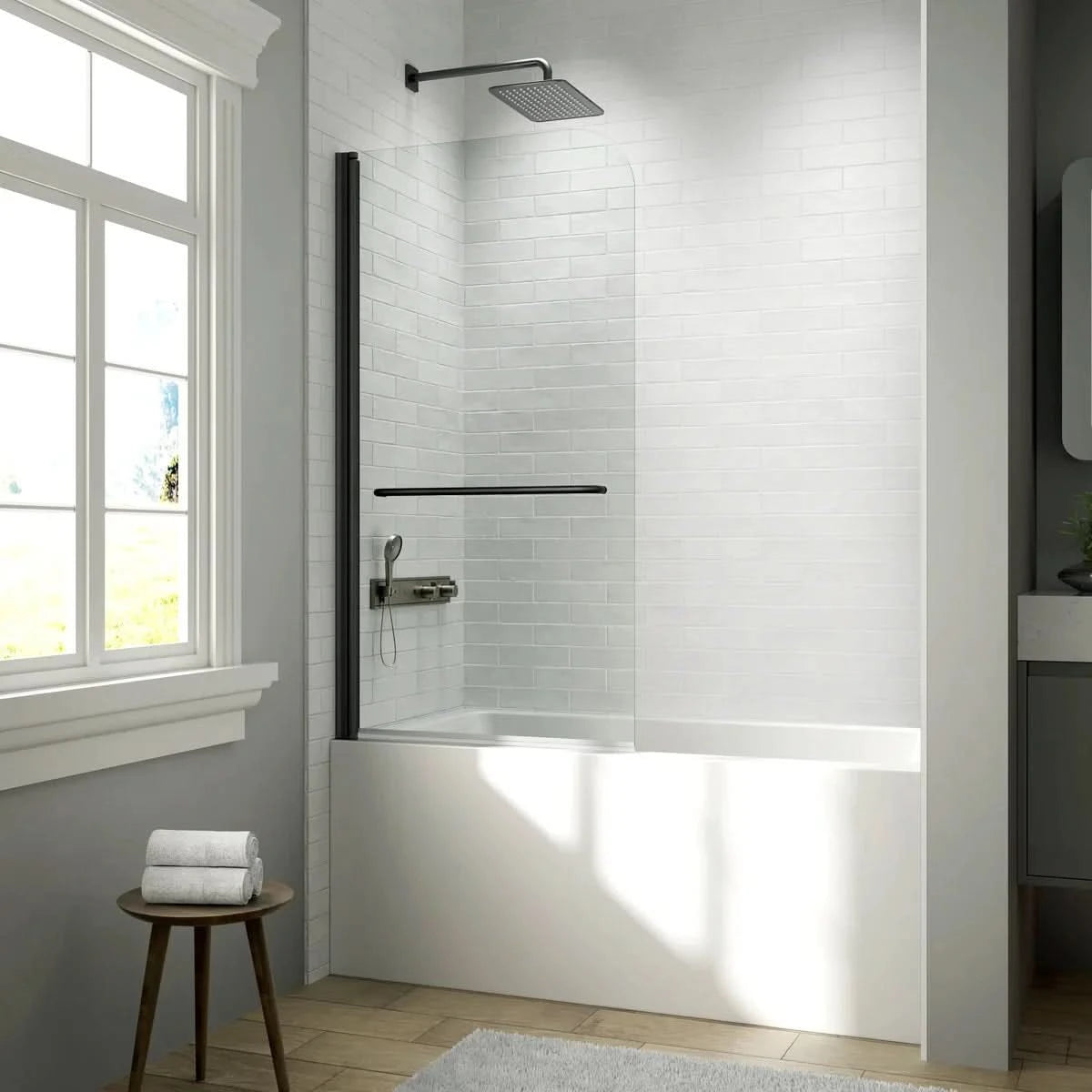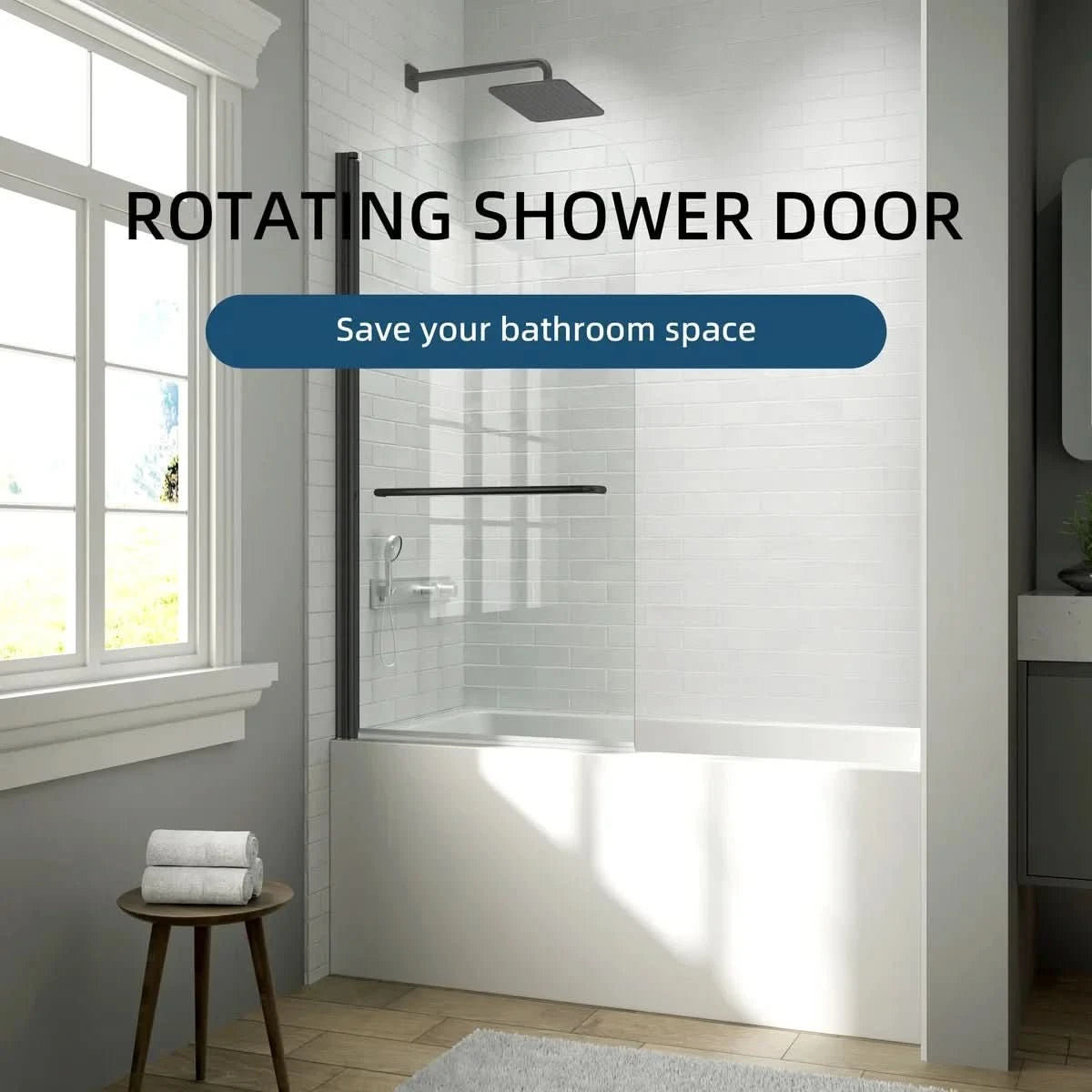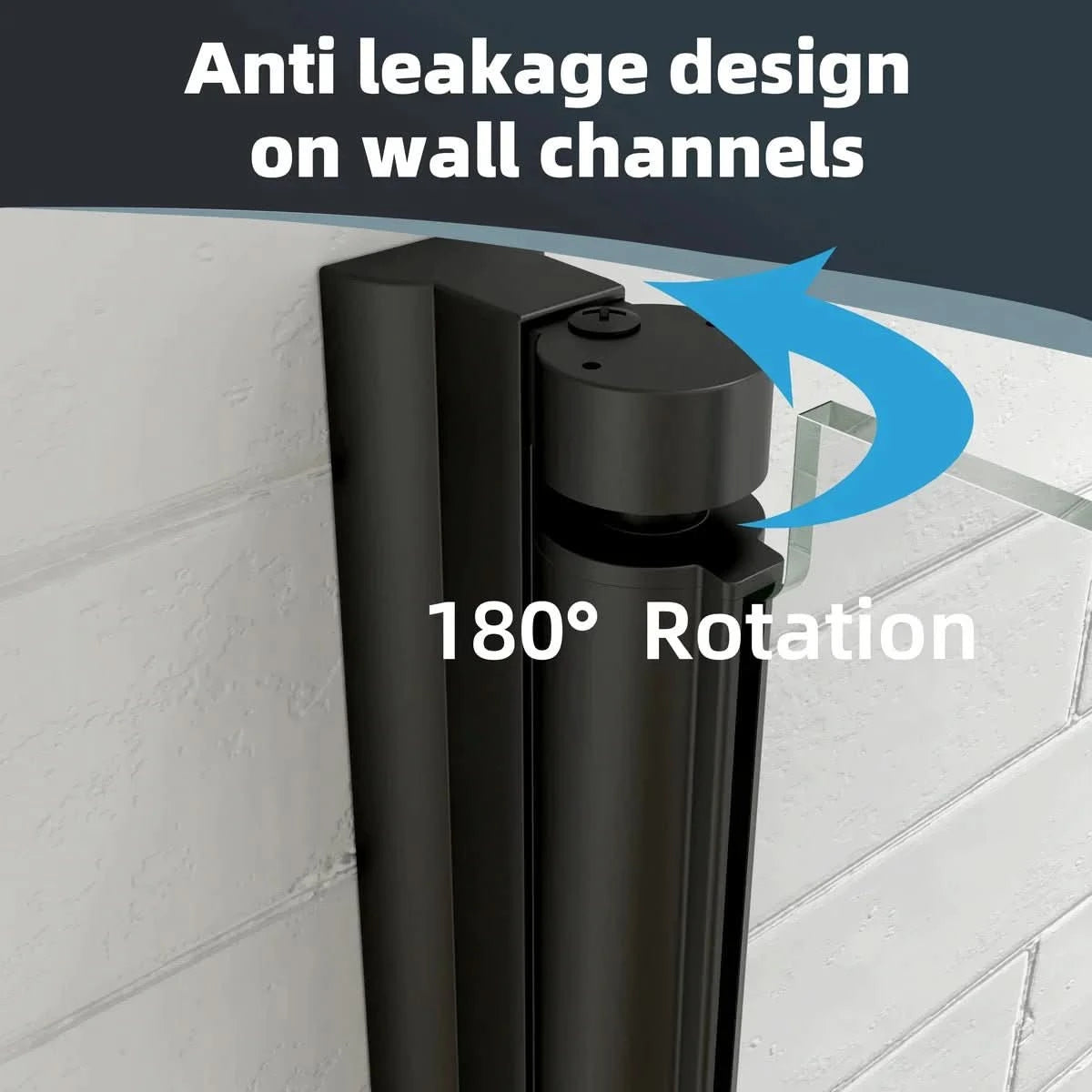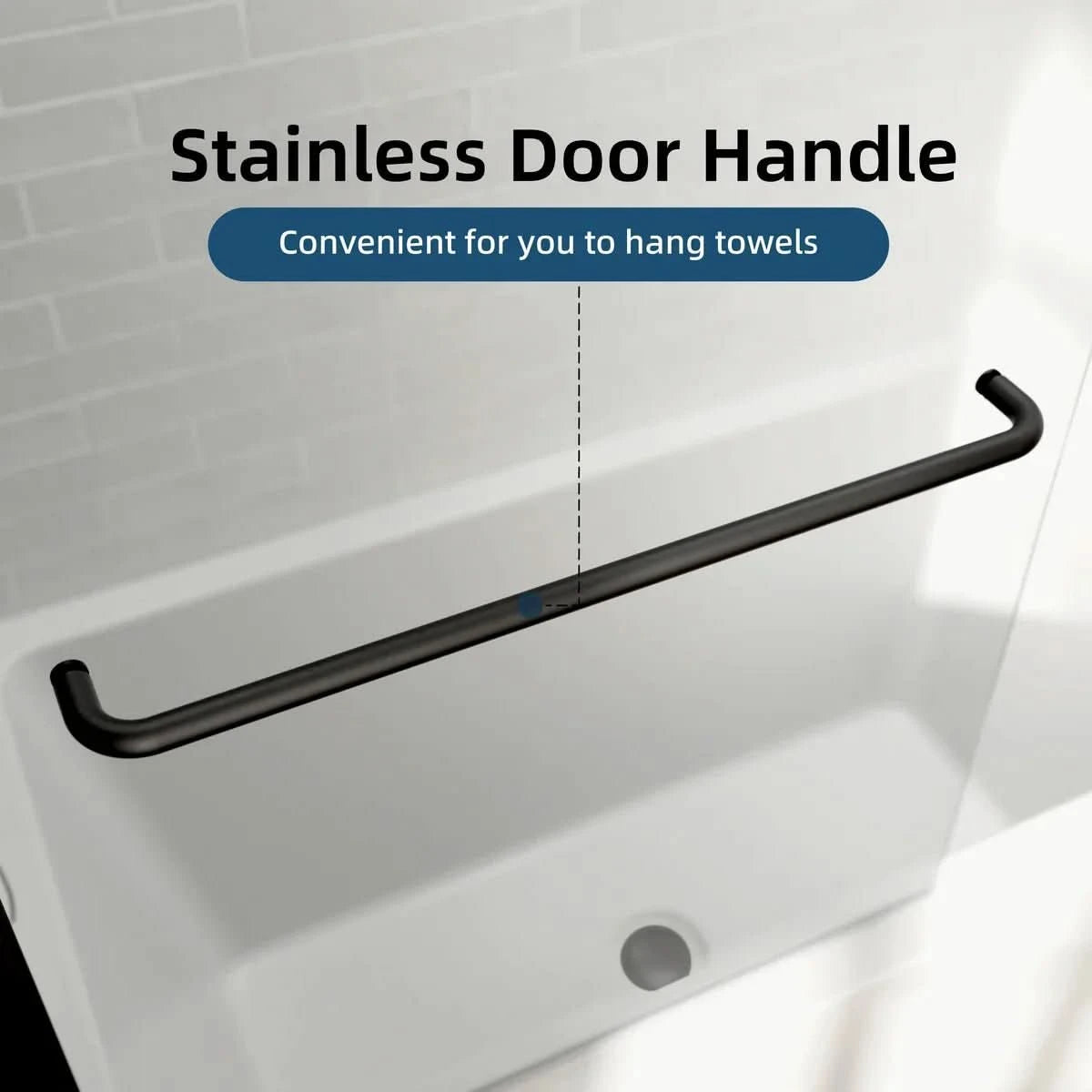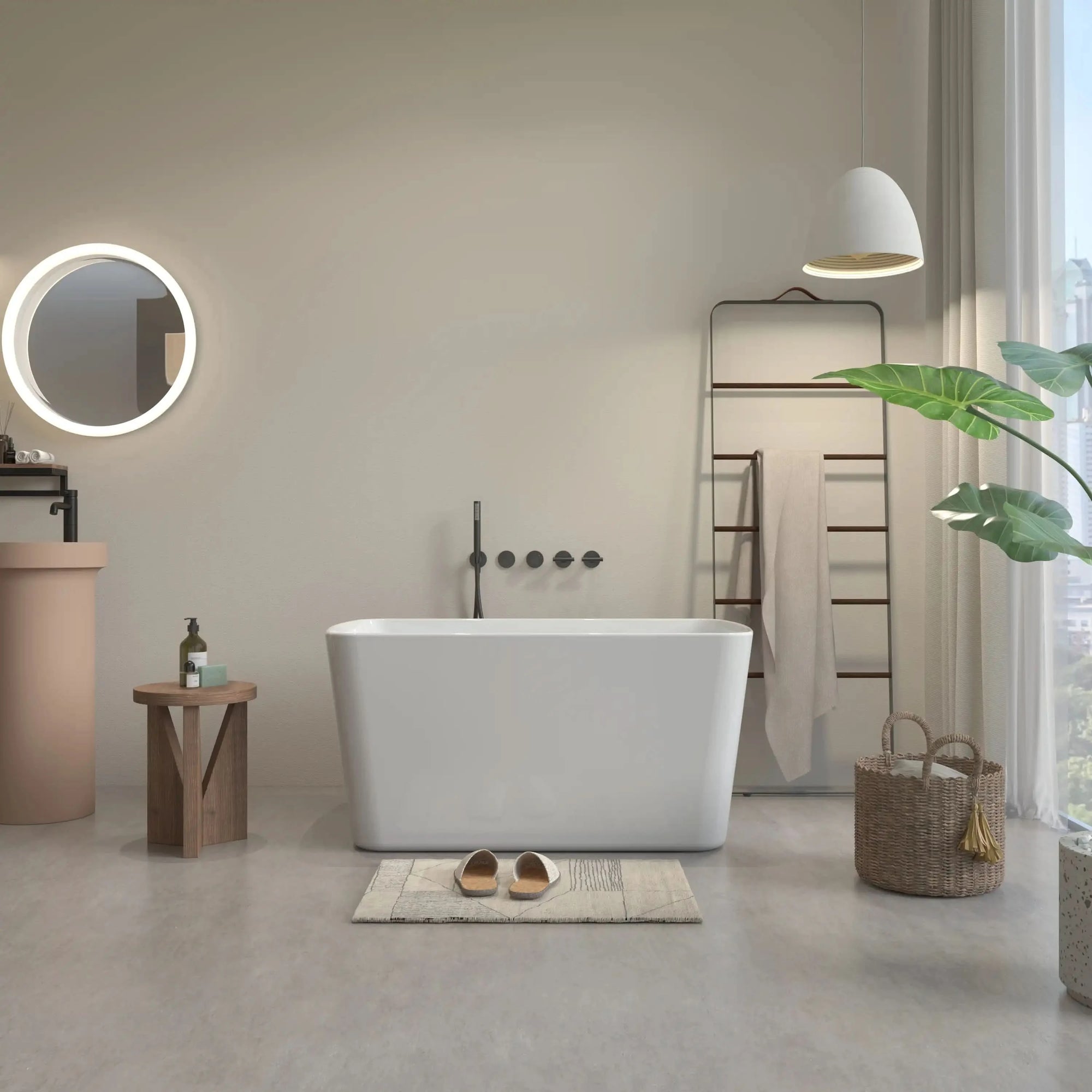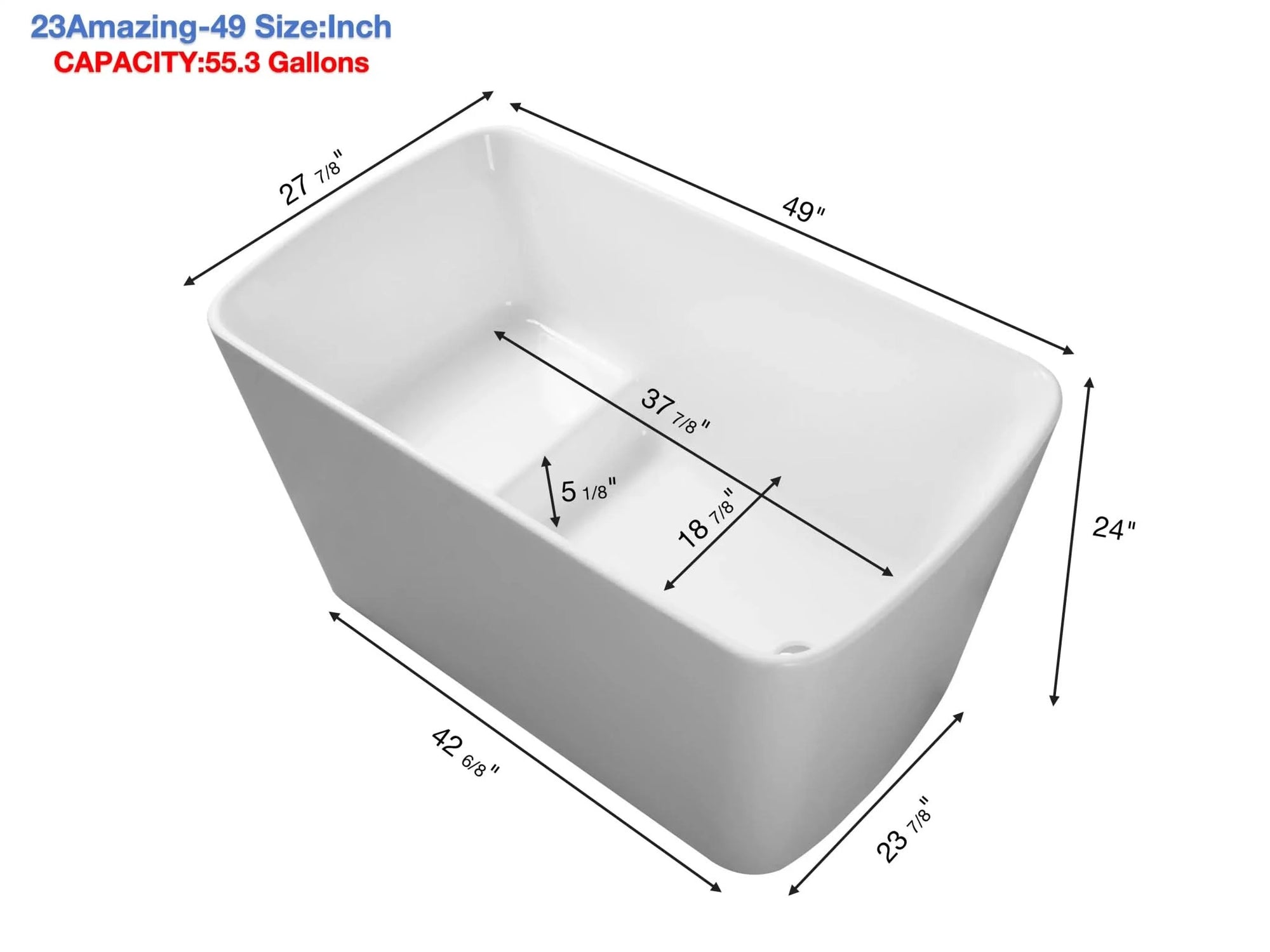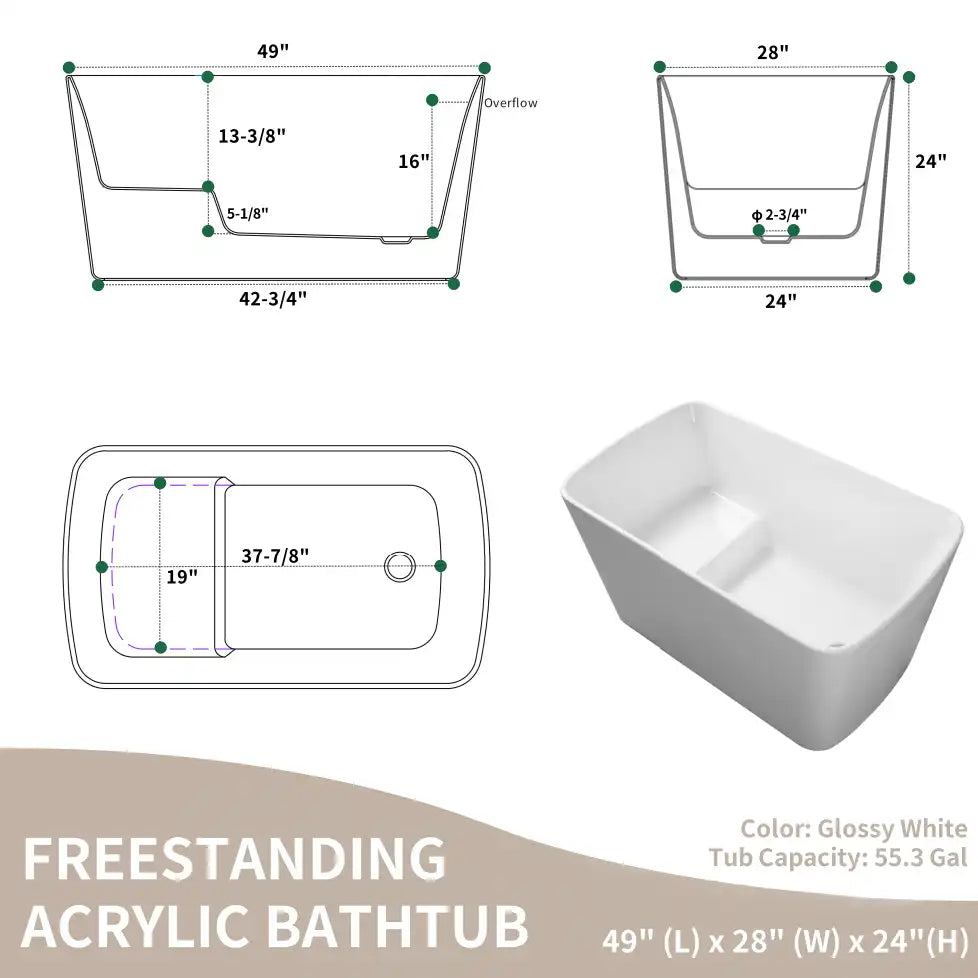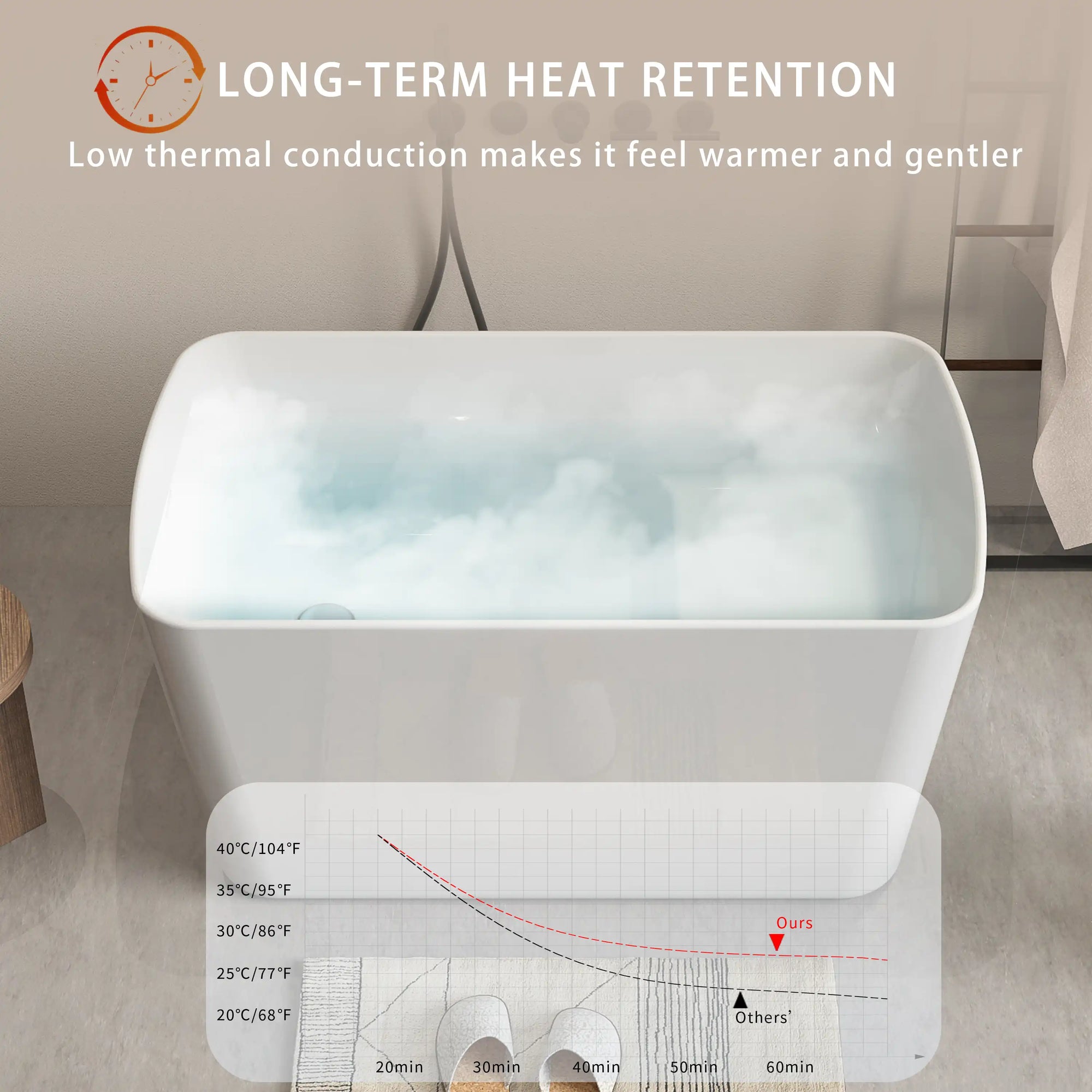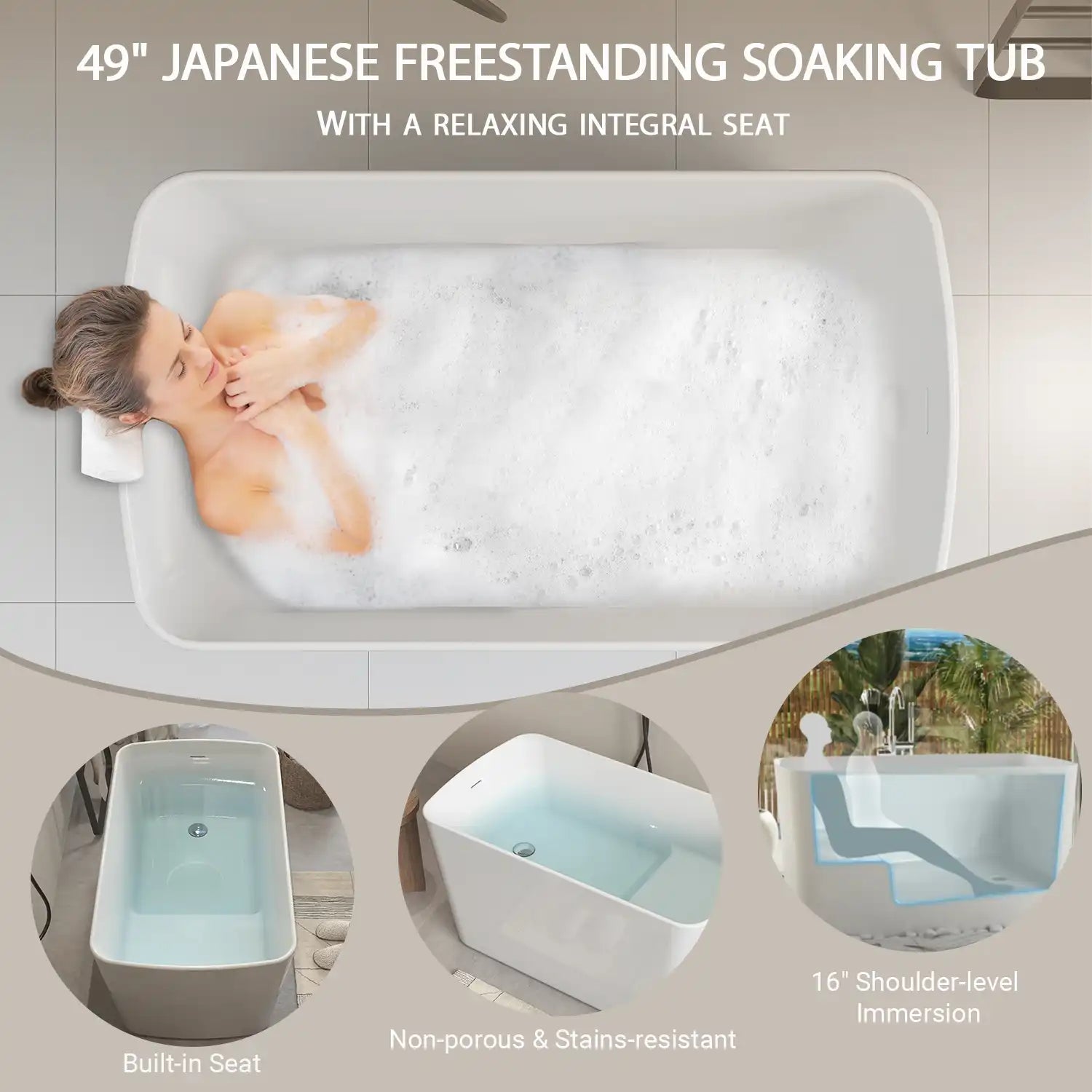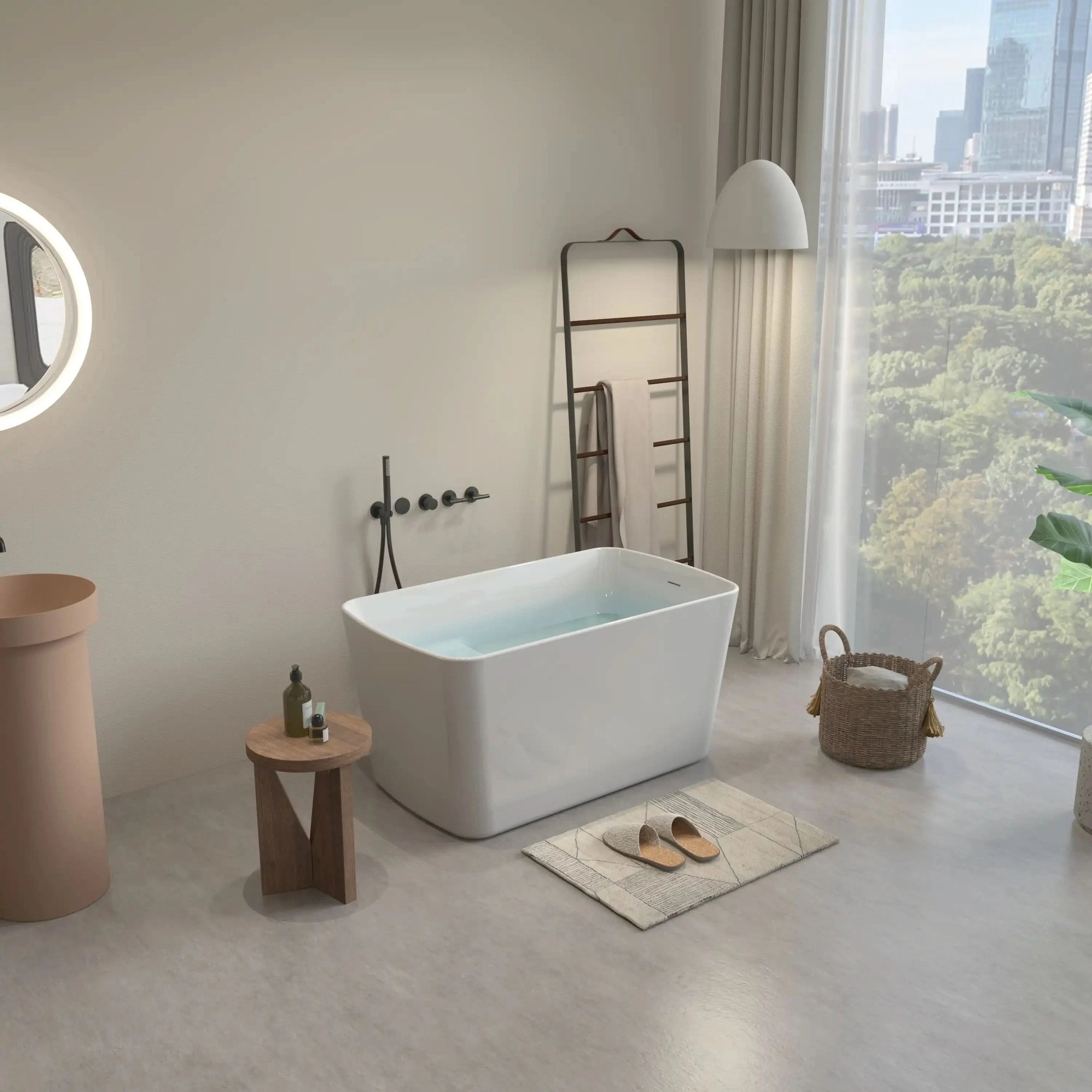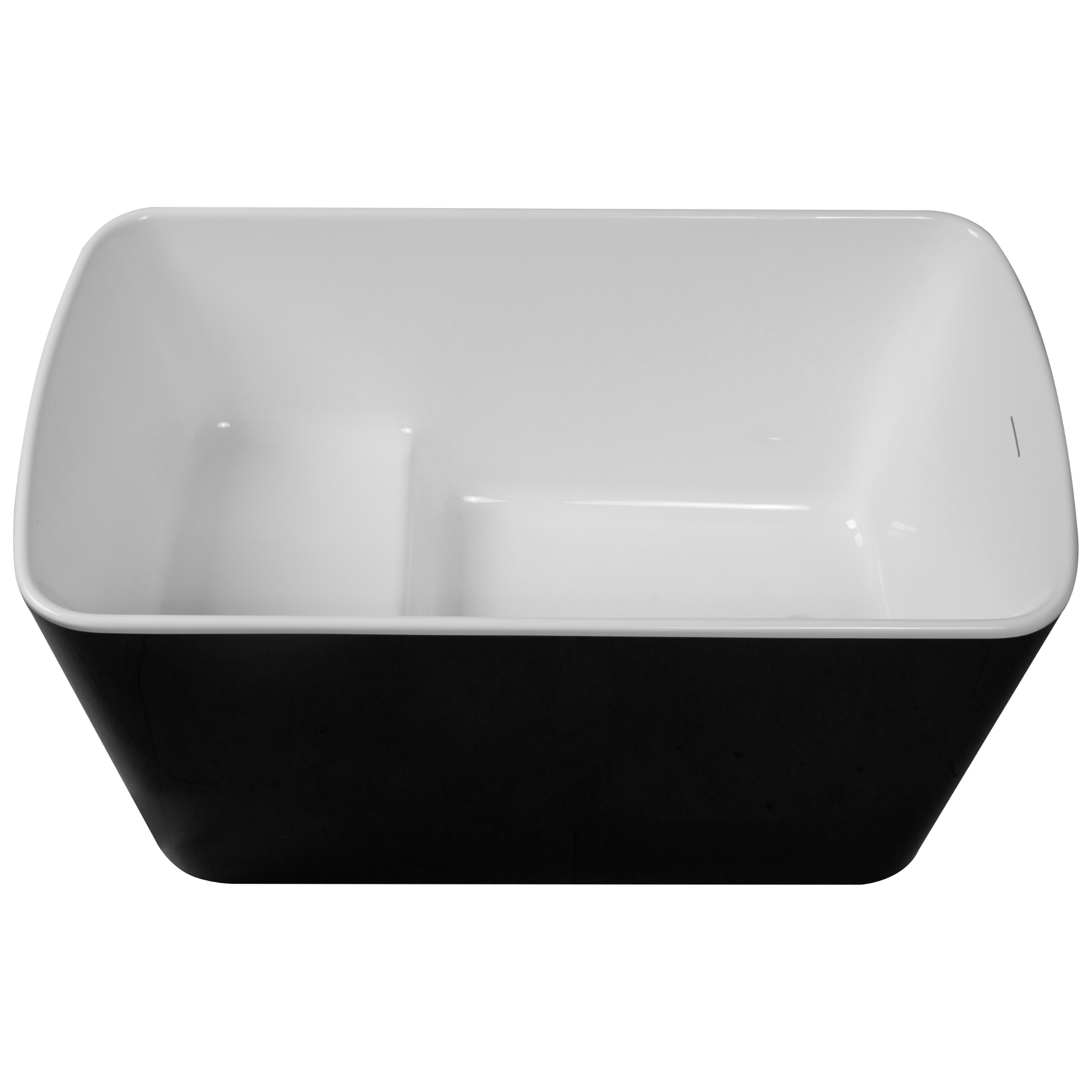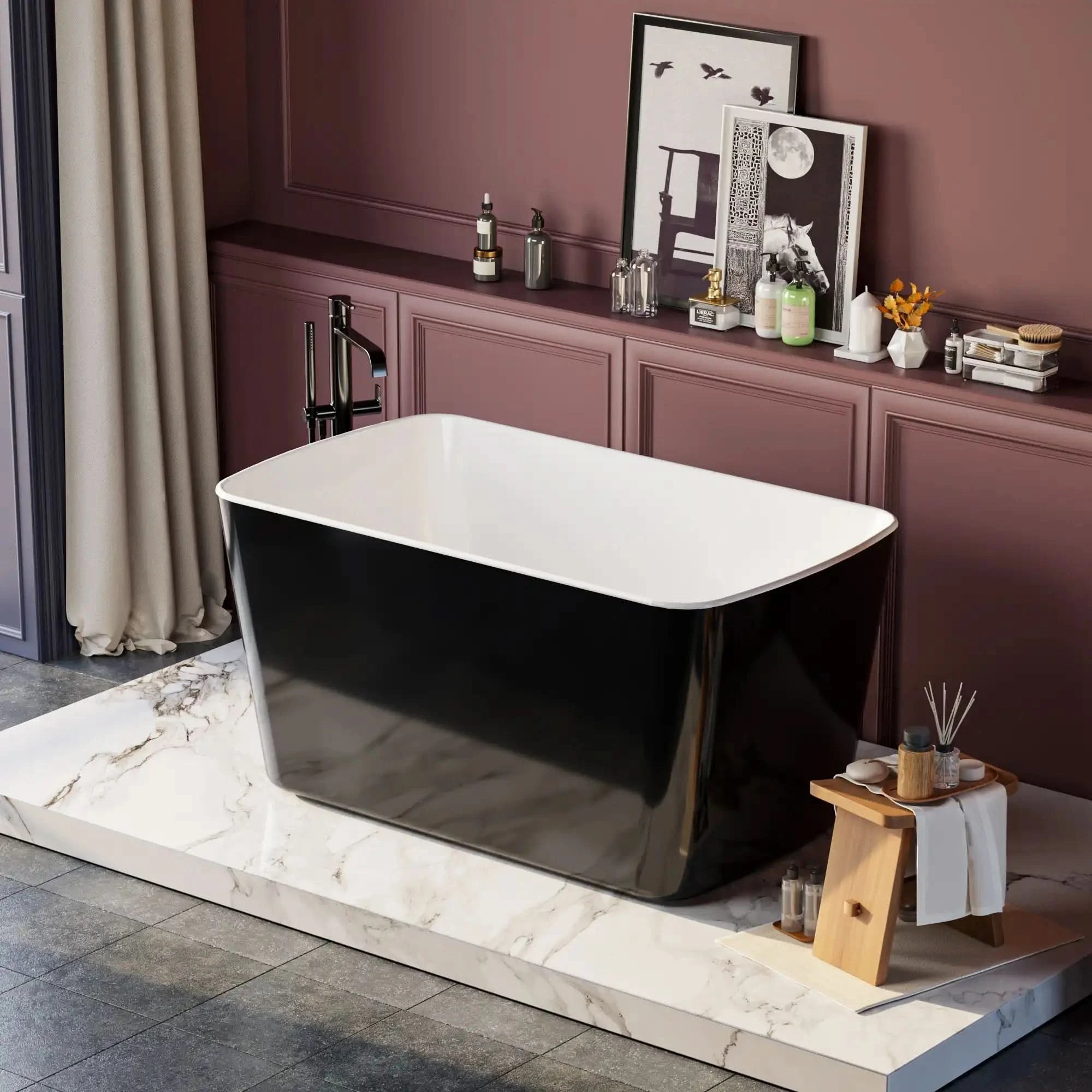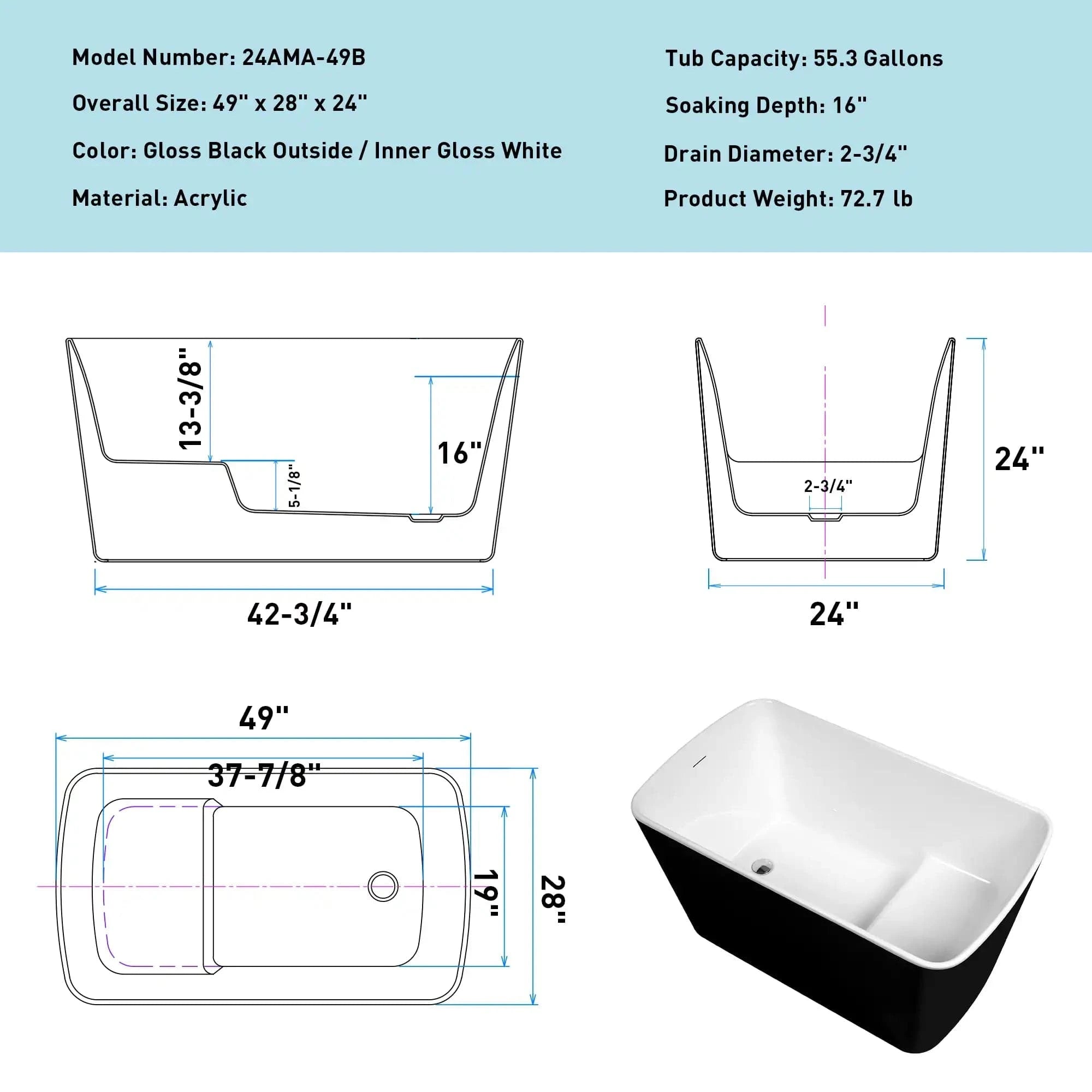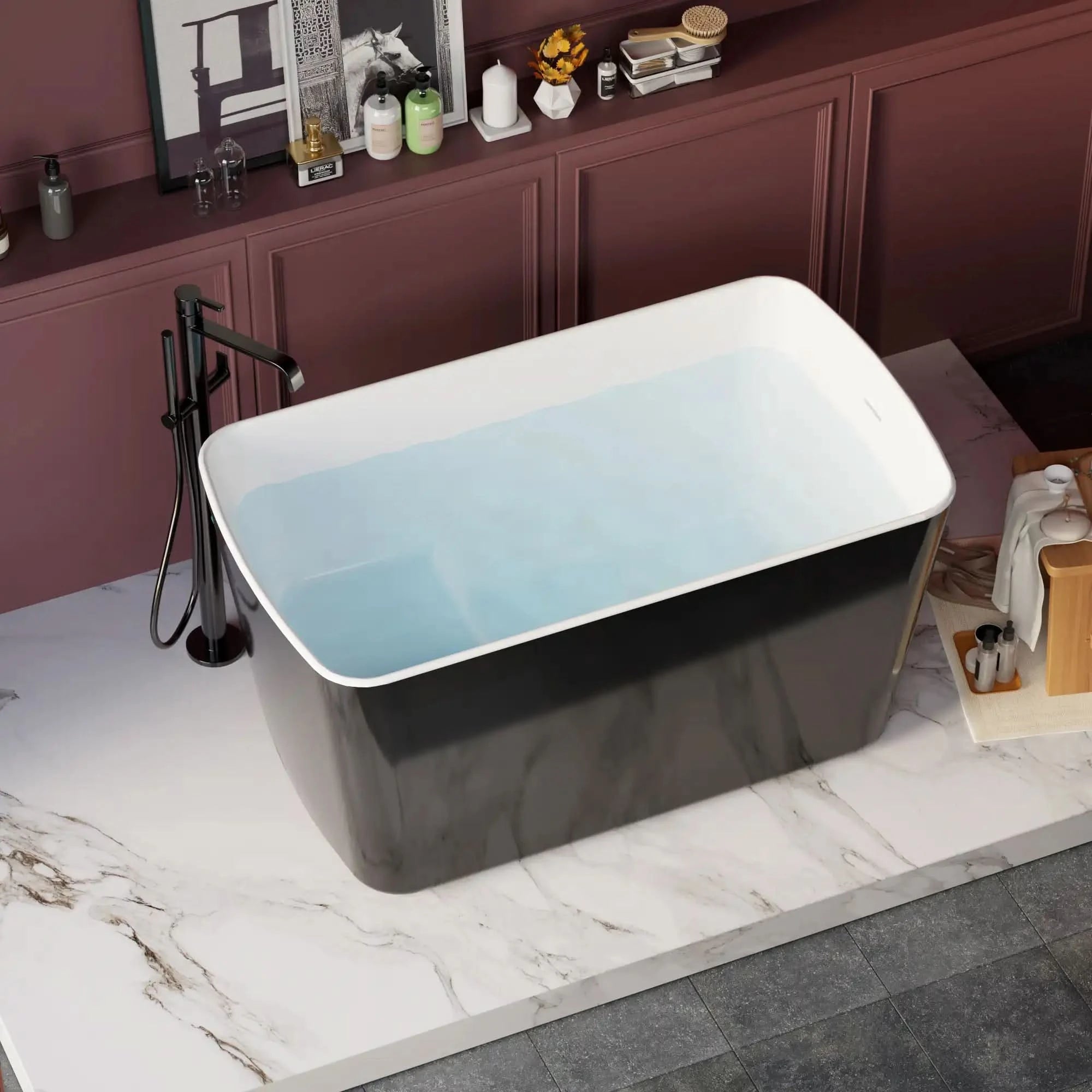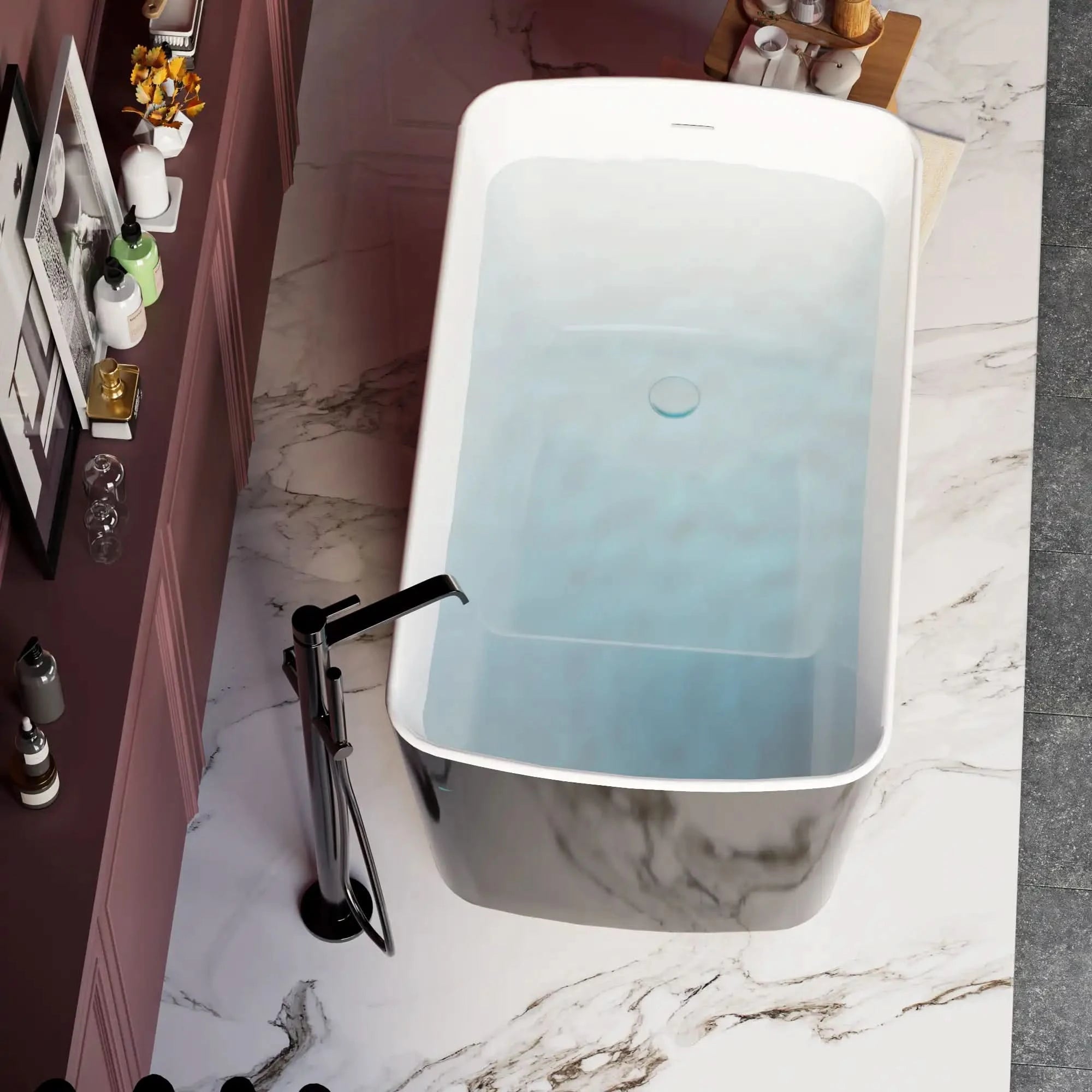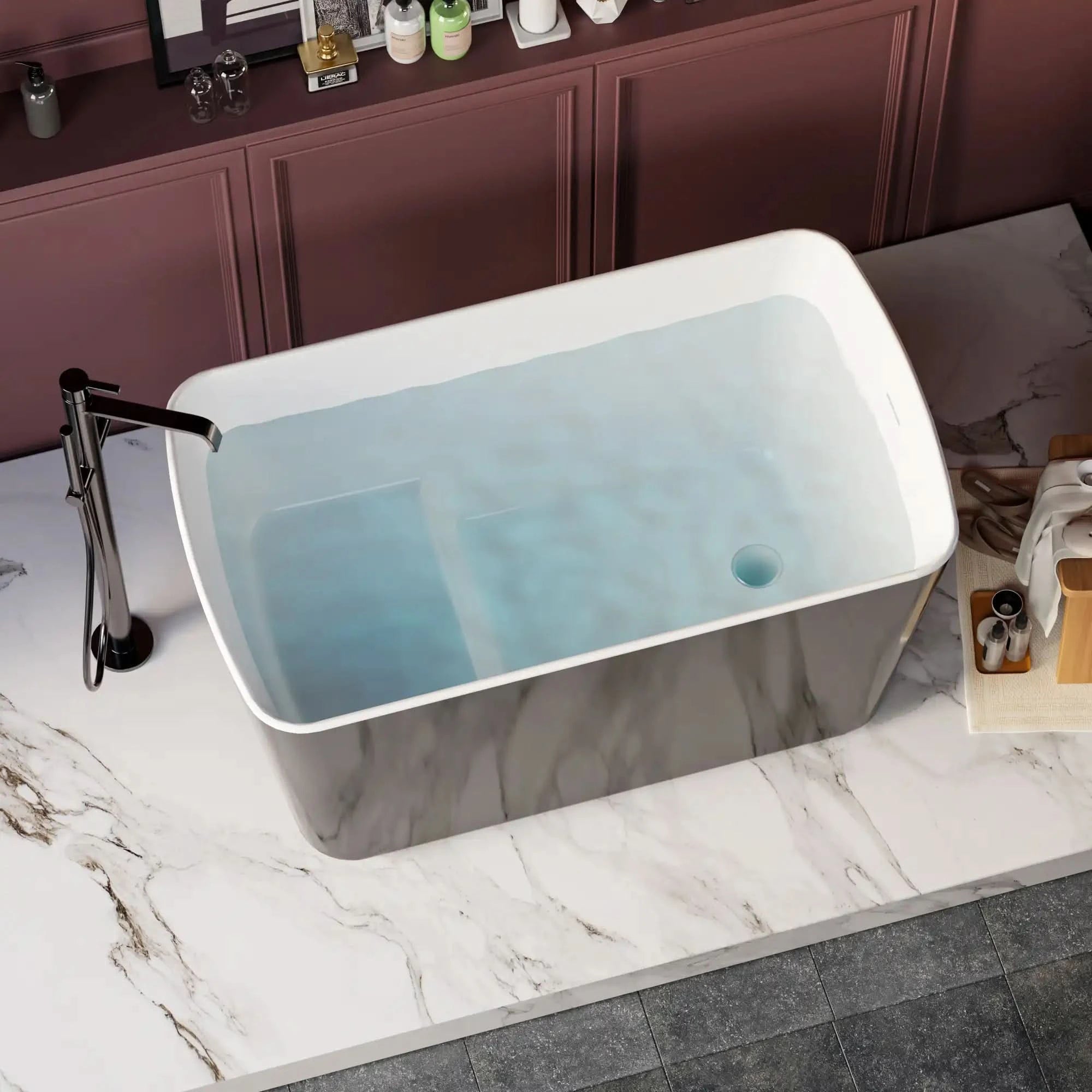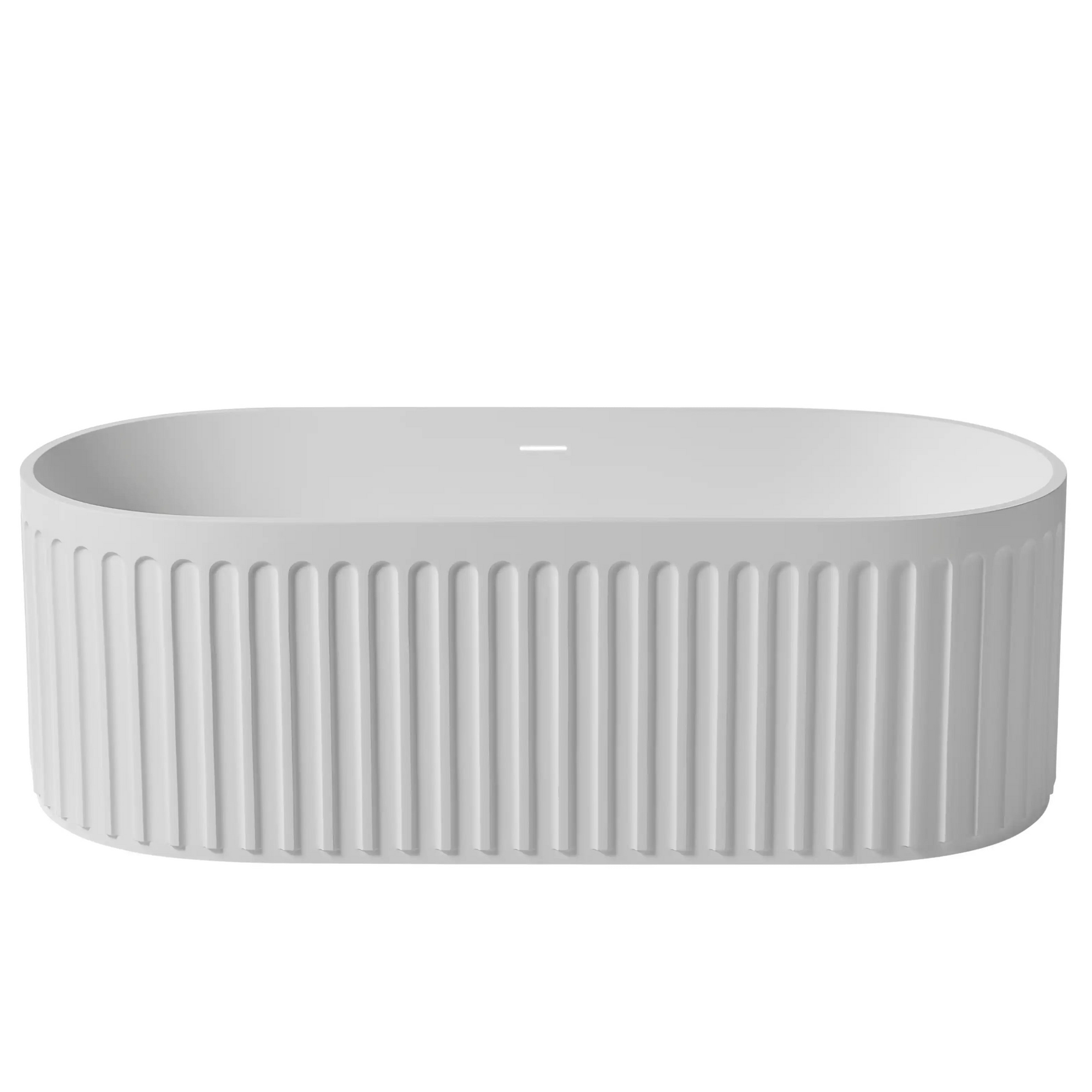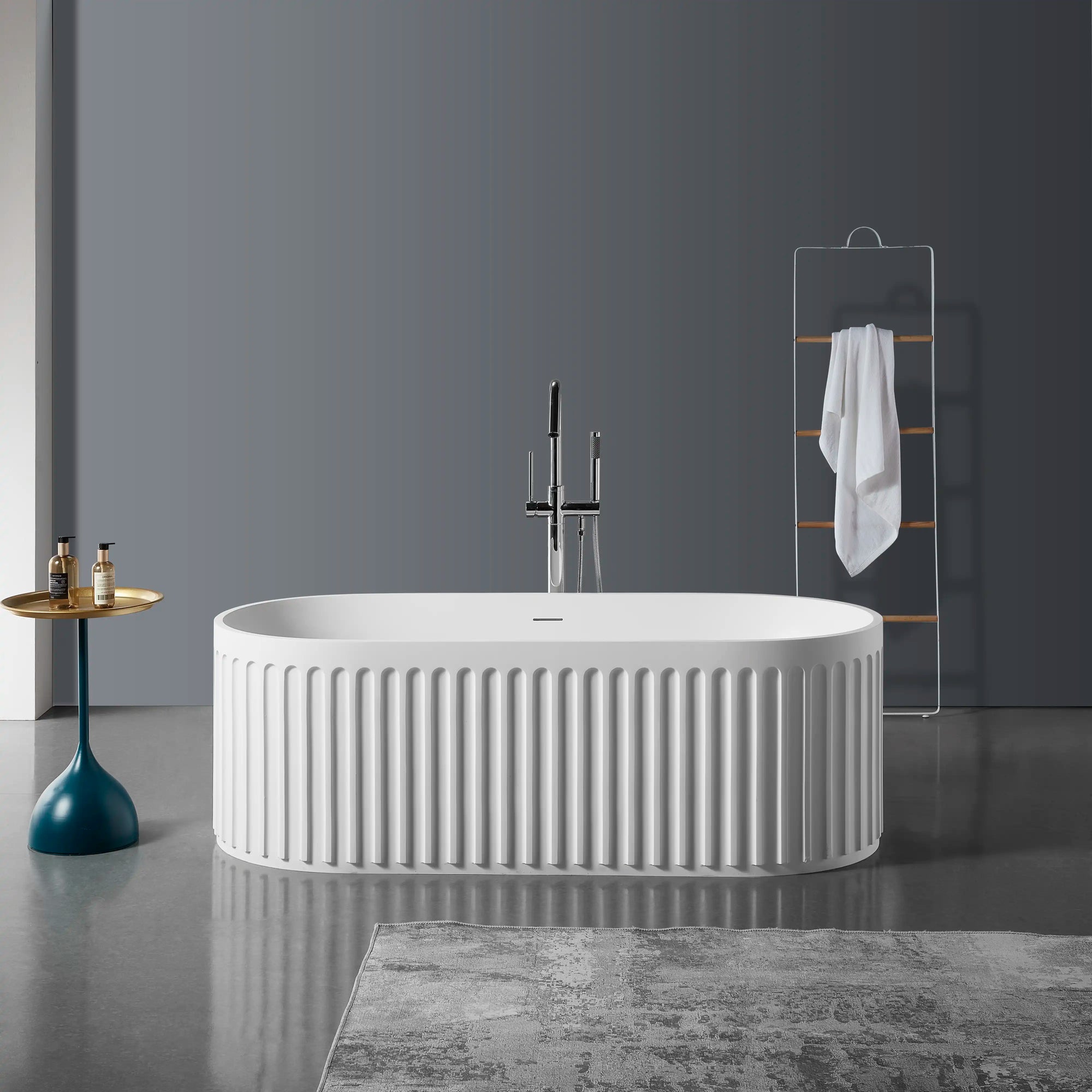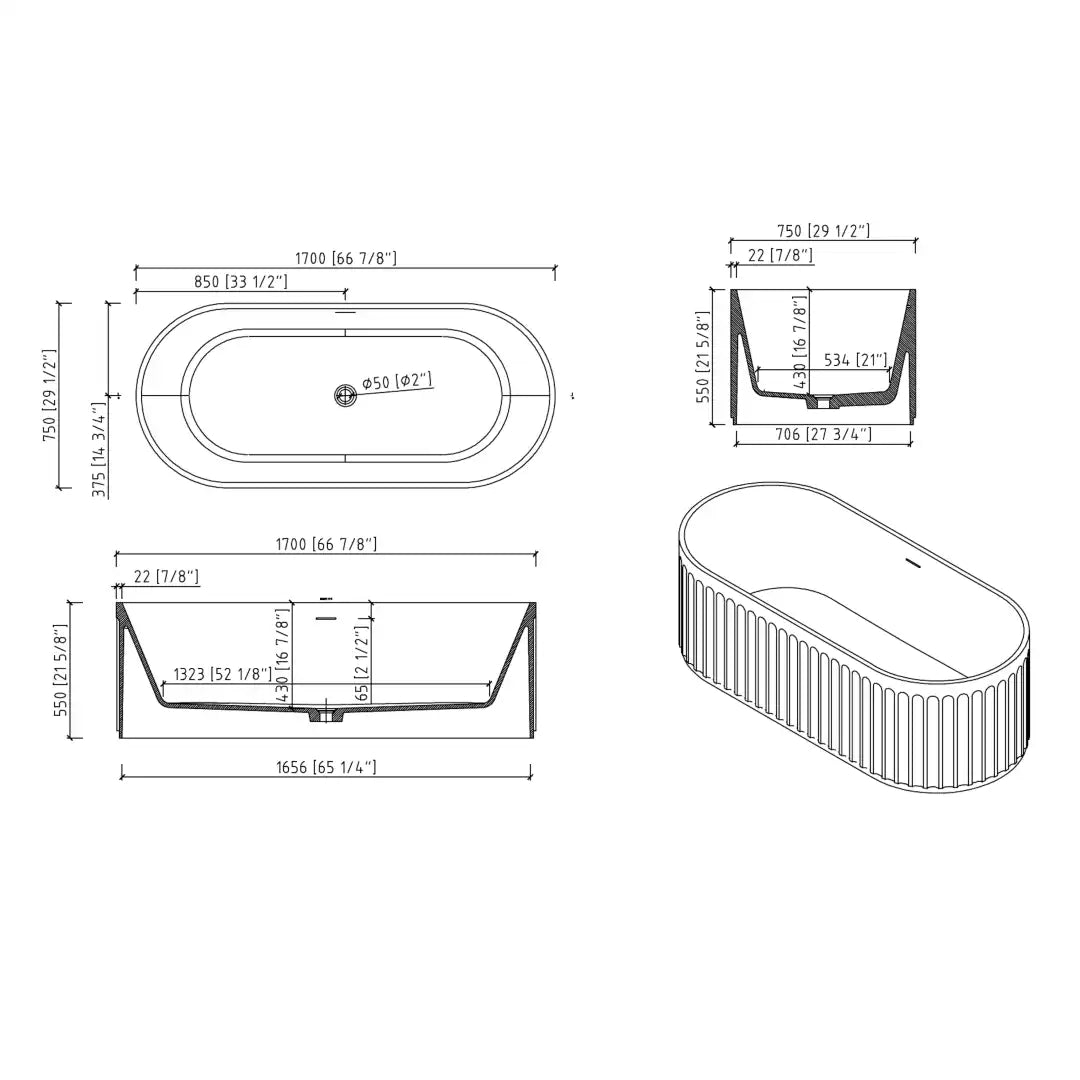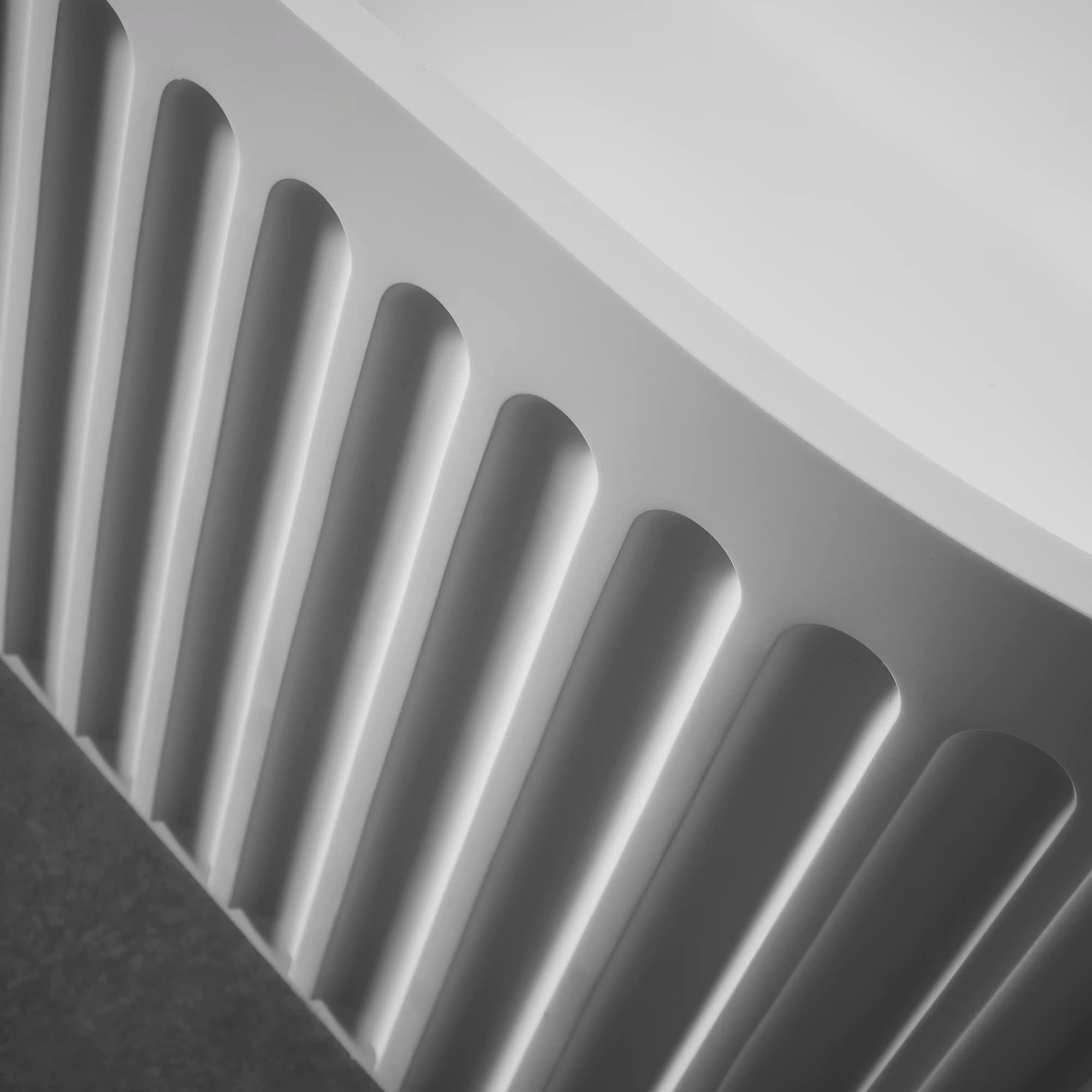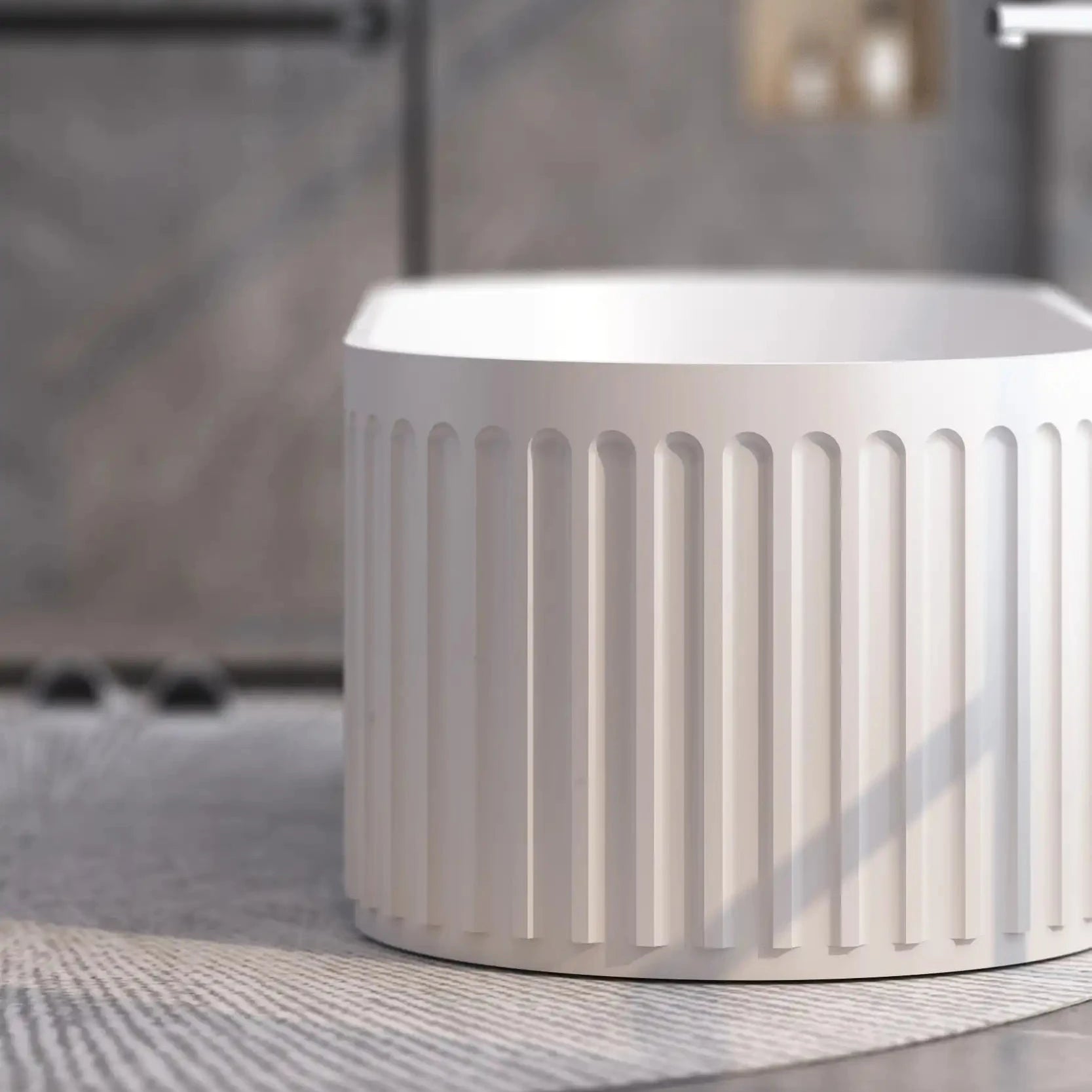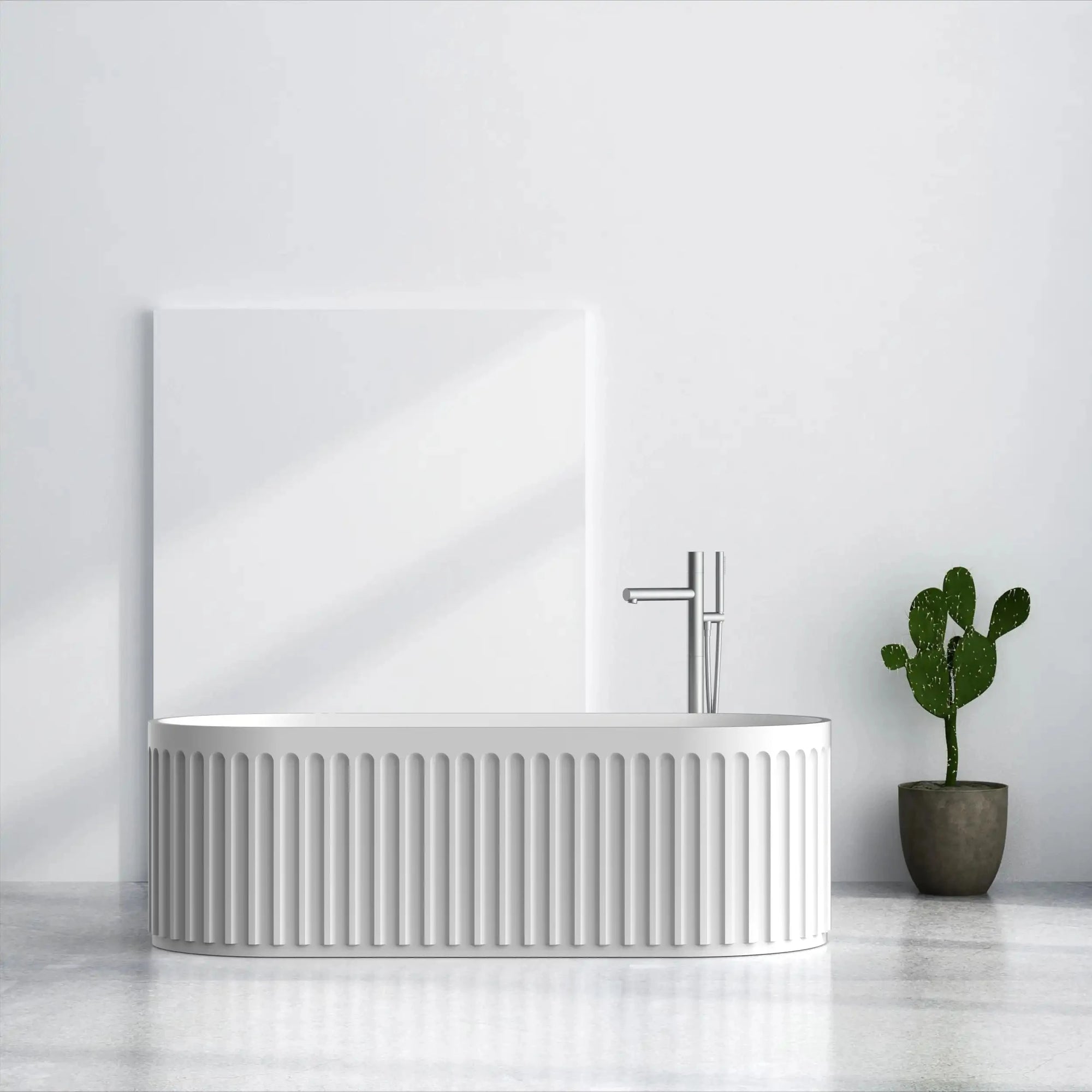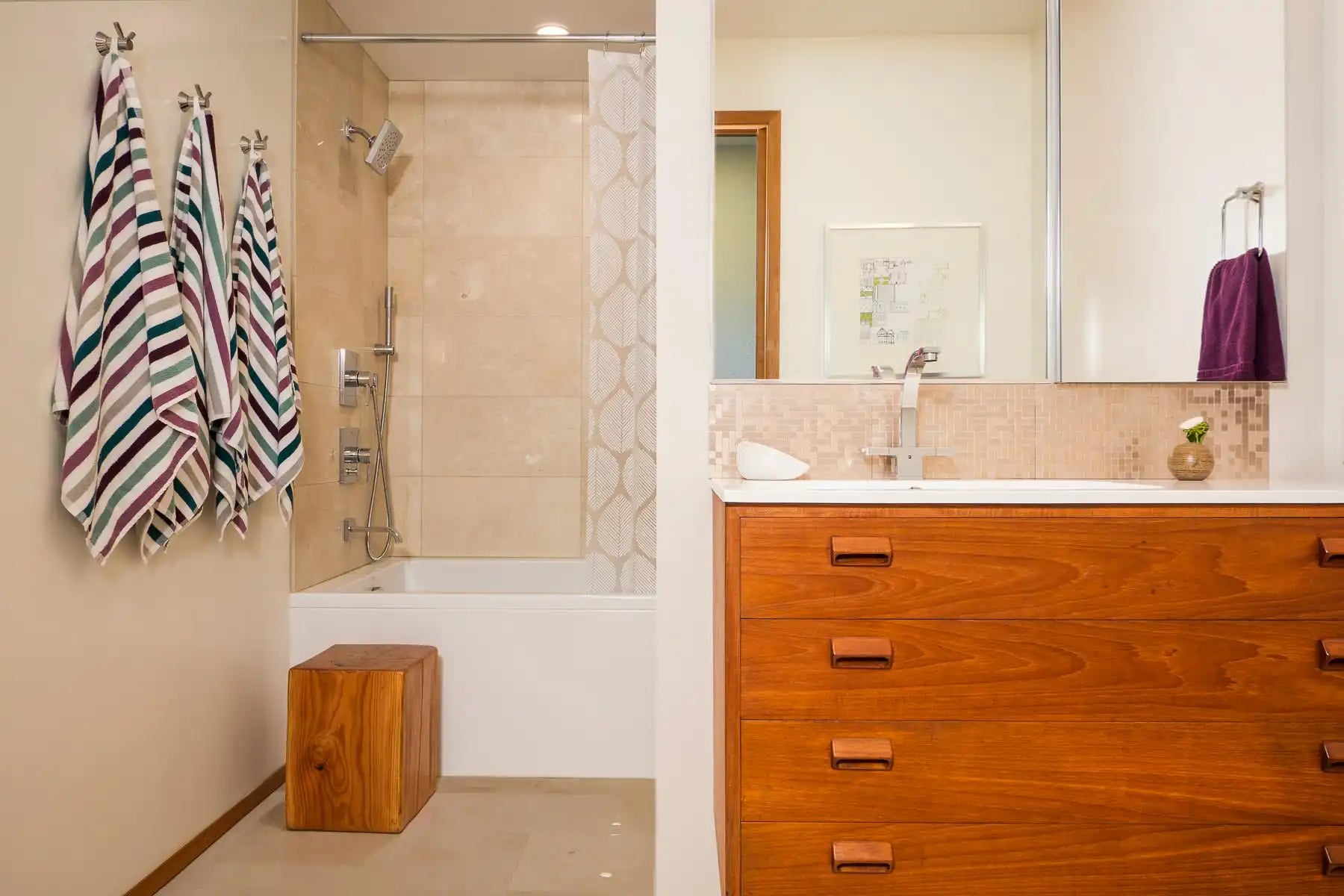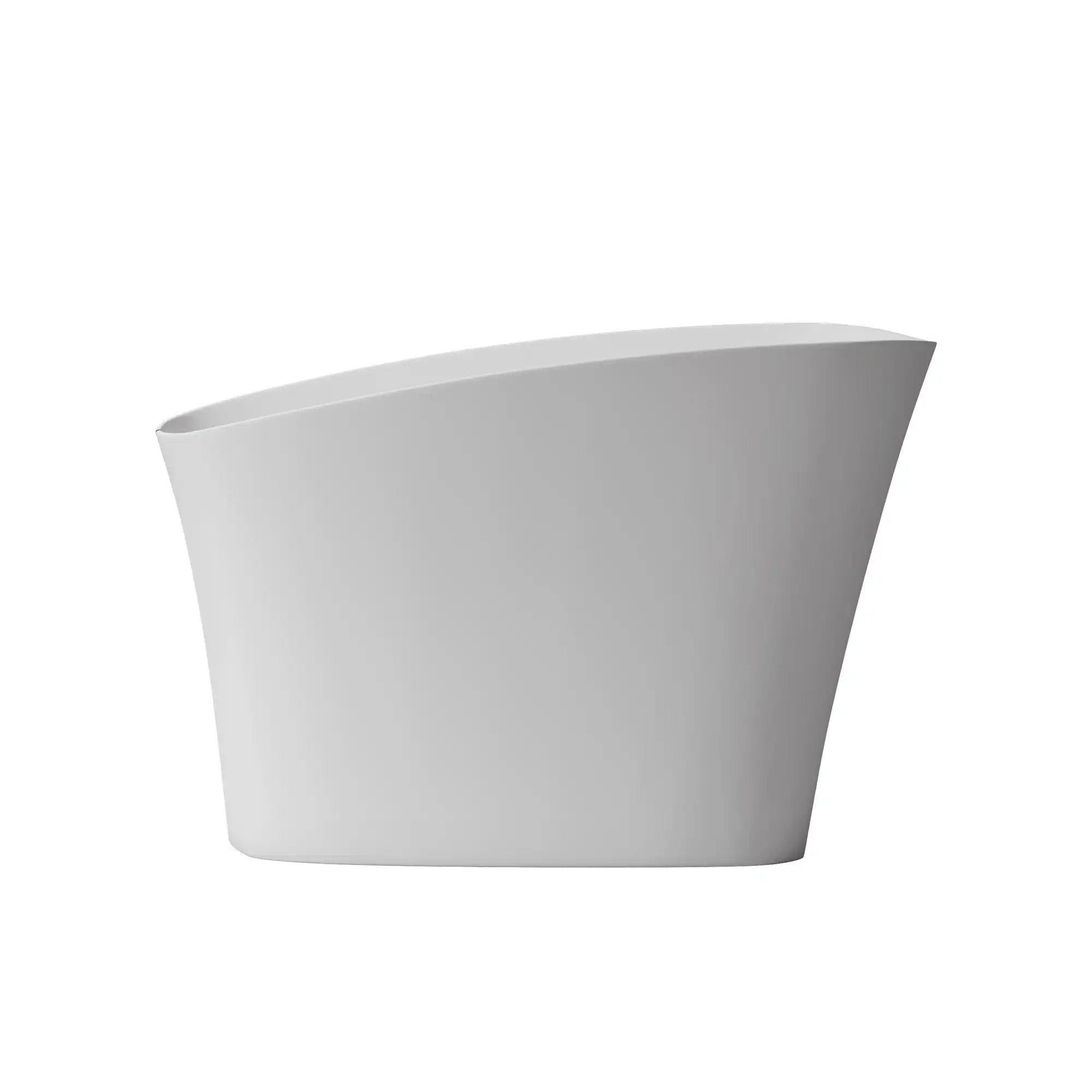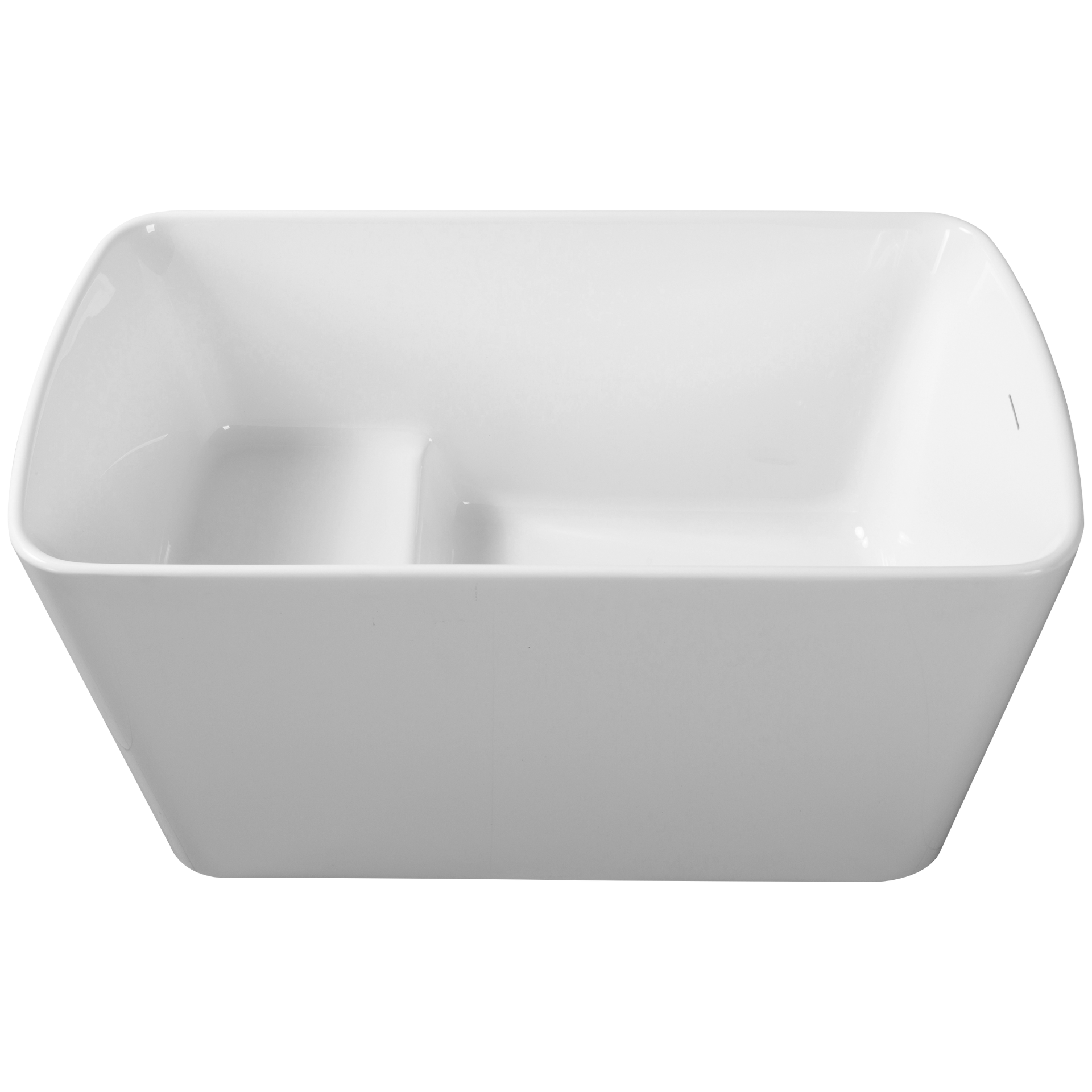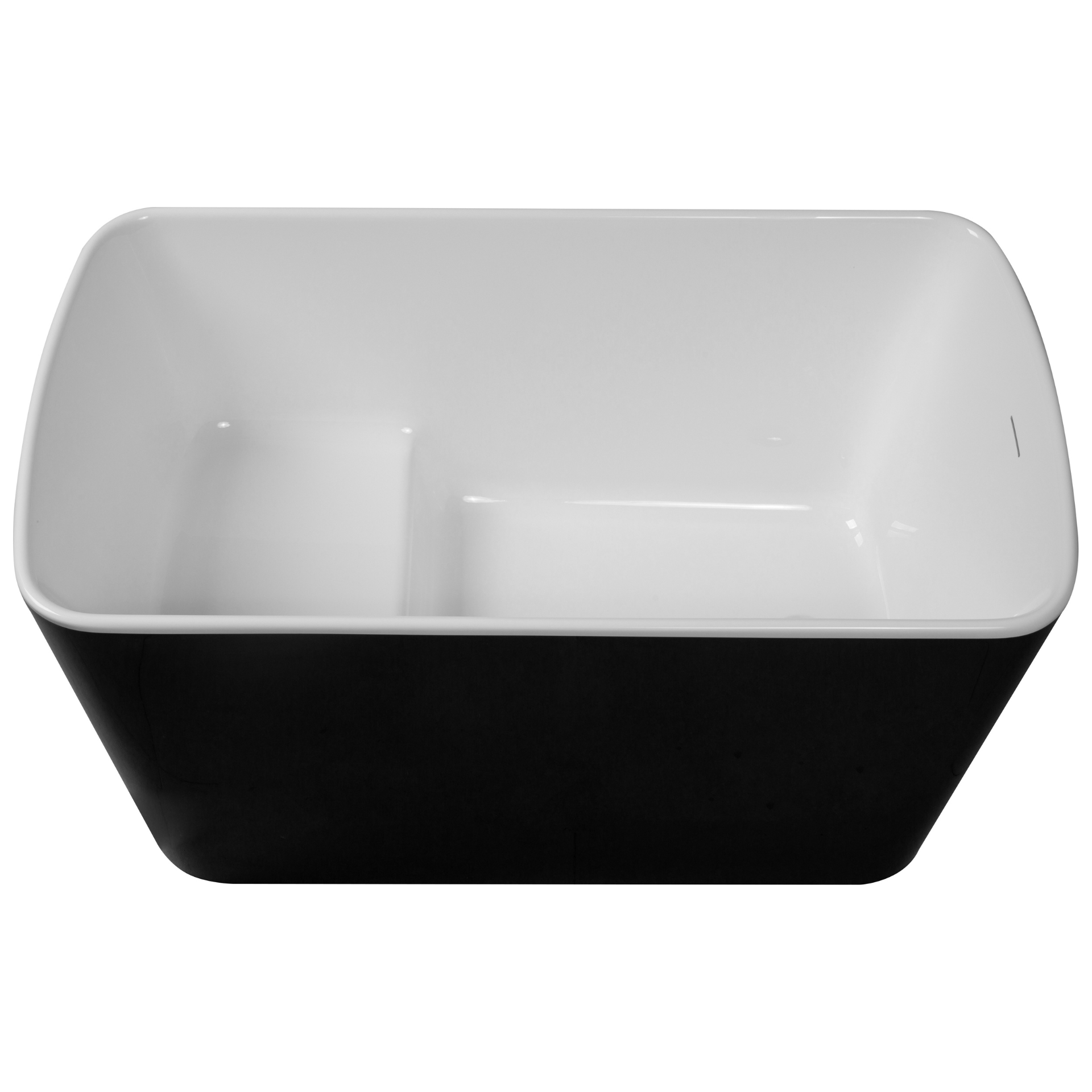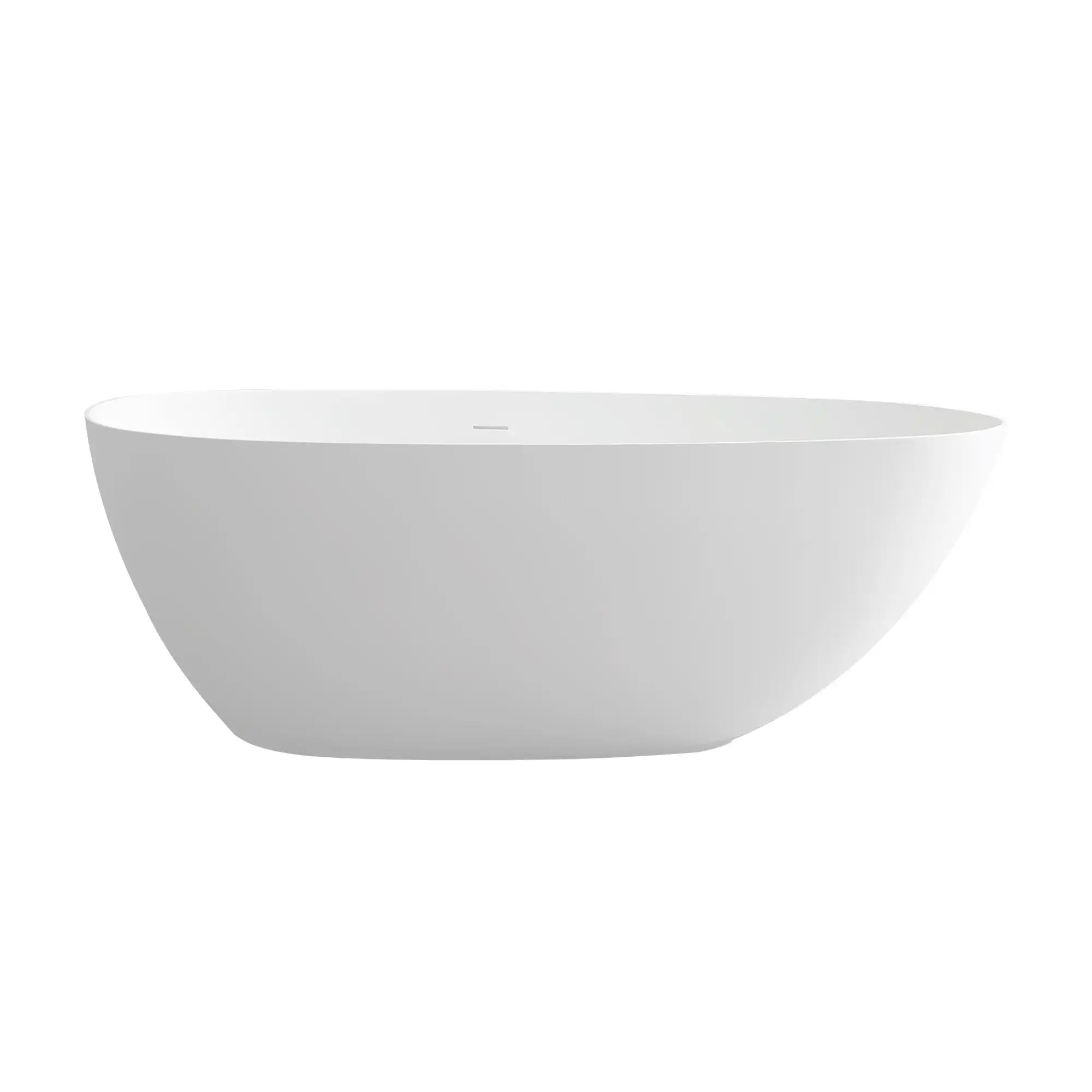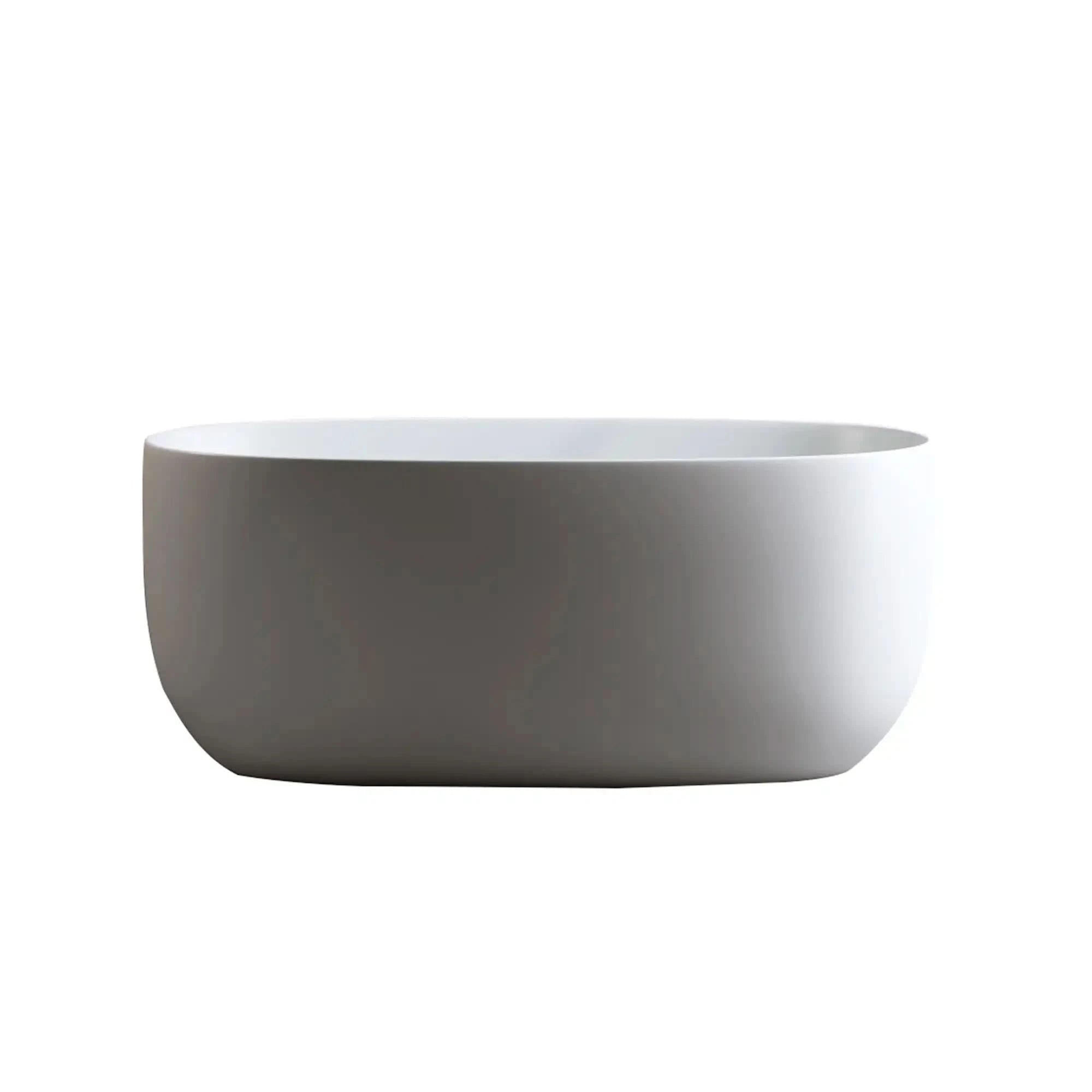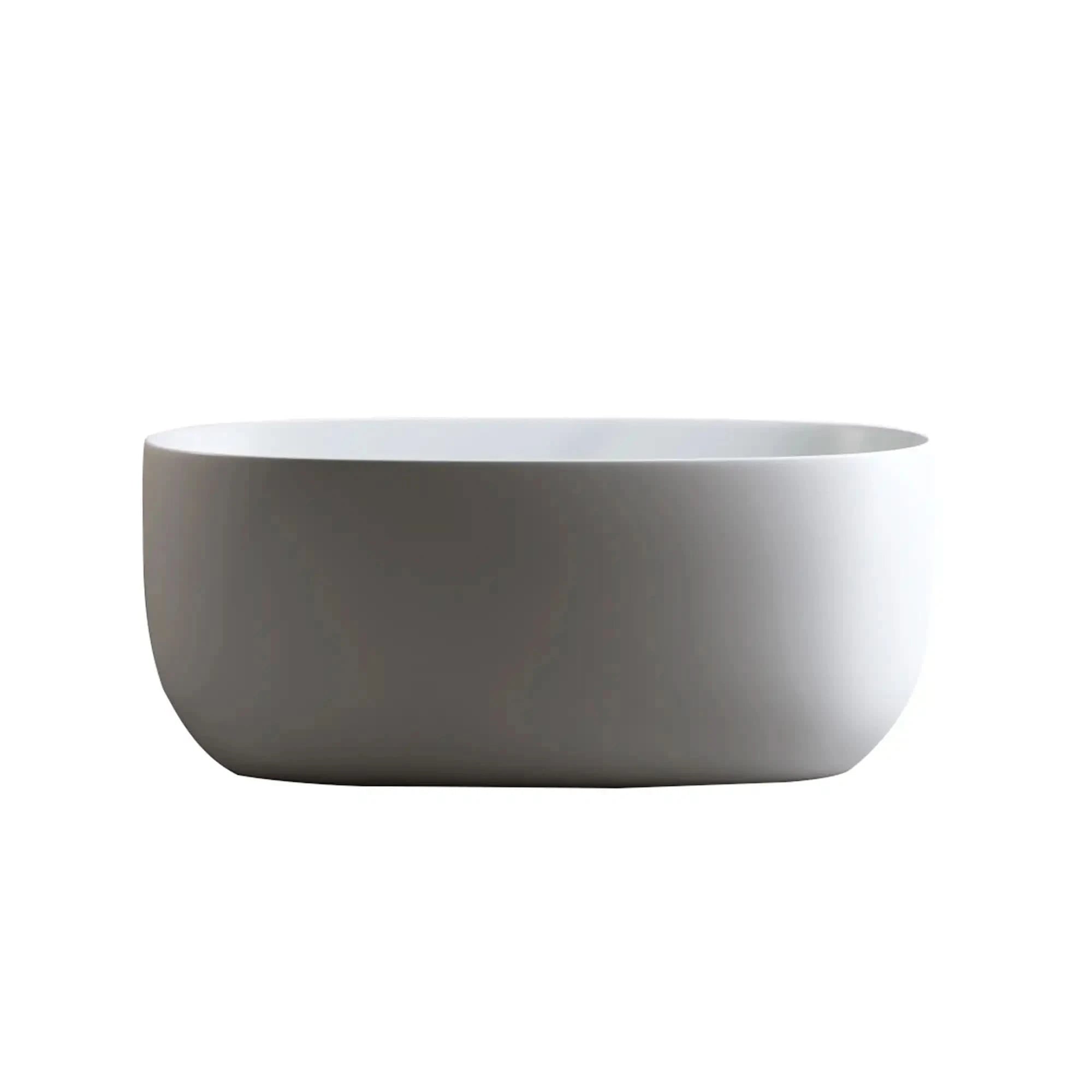Table of Contents
- How to Save Space with a Small Bathtub
- Types of Small Bathtubs that Work in Compact Bathrooms
- Practical Considerations: Is a Small Bathtub Right for You?
- FAQ: Small Bathtubs in the U.S.
- Conclusion
Small bathtubs have become a practical solution for modern homes where bathroom space is often limited. Instead of giving up the idea of soaking altogether, homeowners are learning that small bathtubs for small bathrooms can deliver the same sense of comfort and relaxation as a full-sized model—without overwhelming the room.
The challenge lies in making the right choices: which type of small bathtub fits your space, how to position it so the bathroom still flows, and how to balance everyday convenience with design. For families, a bathtub is often considered essential, especially with young children; for others, it may feel like wasted space. Real homeowner experiences show a clear split—some keep their small bathtub purely for practicality and future resale value, while others transform it into a multifunctional feature that serves daily needs even when not used for soaking.
Rather than asking simply "bath or no bath,” the more useful question is: how can small bathtubs be designed to save space while enhancing both function and style in a small bathroom?
How to Save Space with a Small Bathtub
When working with a compact floor plan, the first rule is that not all small bathtubs are created equal. A tub that technically fits might still dominate the room if it disrupts circulation or blocks essential fixtures. The most effective space-saving small bathtubs combine the right dimensions with careful placement and, in many cases, creative multifunctional design.
1. Choosing the right dimensions
A full-size alcove tub—around 60 by 32 inches—often feels oversized in a compact layout. That's why small bathtubs typically range between 48 and 59 inches in length and 27 to 30 inches in width. But length alone doesn't define comfort. In fact, many people find that a shorter tub with 16 to 18 inches of soaking depth feels more indulgent than a longer, shallower one.
Homeowners have shared that height matters, too. For someone around five feet tall, a standard long tub can feel awkward—you slide around and never quite stay submerged. By contrast, a deep compact soaker lets you lean back comfortably and actually stay immersed. This is a reminder that a "small bathtub" isn't necessarily a downgrade; in the right proportions, it can feel better tailored to the body.
2. Maintaining circulation and usability
In a small bathroom, it's not enough for a tub to simply fit against the wall; it has to allow the rest of the room to function. That's why an alcove-style small bathtub tucked at the far end of a narrow room often works best. It creates a clear path between the entry, vanity, and storage, so the tub feels integrated instead of dominating the space.
Real-life examples underline the point. Several families renovating older homes found that when the only toilet shared a tiny room with a bathtub, mornings became a traffic jam. In one case, a four-bedroom house had just one bath, and if someone was soaking, the rest of the family was left waiting. The lesson they drew was striking: adding a second toilet elsewhere in the house improved daily life more than changing the bathtub itself. So when planning your space, don't just measure the footprint—think about how people will actually move through the room.
3. Making a small bathtub multifunctional
Even in homes where the tub isn't used every day, many people keep it for resale or occasional soaking. But that doesn't mean the footprint has to sit idle. A clever solution that comes up again and again is the removable tub cover—often made from wood or composite slats. With the cover in place, the bathtub instantly becomes a bench or countertop, perfect for folding laundry, setting down toiletries, or even placing plants.
One homeowner explained that this hack kept their compact bathroom feeling "finished" instead of cluttered. The tub stayed available for guests or future tenants, but on ordinary days it served as an extra surface in a room where every inch matters. It's a simple idea, but it shows how small bathtubs can be woven into everyday routines even when they aren't used for soaking.
4. Combining a bathtub and shower wisely
For most small bathrooms, a shower-over-bath setup is the only practical choice. But execution makes all the difference. A poorly planned screen or curtain rod can leave the floor soaked daily. Curved rods that let the curtain bow outward, or glass panels sized to actually contain spray, prevent these headaches.
Some homeowners dreaming of a freestanding tub in a compact space have also learned the hard way that daily showers need proper planning. Without a wall-mounted showerhead and bracket, a freestanding tub can feel inconvenient. With them, though, the tub works beautifully for both quick showers and long soaks. The takeaway is clear: in small bathrooms, a tub-shower combo must be designed with daily practicality in mind, not just aesthetics.
5. Using vertical space
Floor space is limited in compact bathrooms, so the walls need to pull their weight. Floating shelves, recessed niches, or a narrow ledge above the tub are excellent ways to keep toiletries within reach without cluttering the rim.
Several homeowners point out that a small bathtub with no surrounding storage quickly becomes frustrating—the shampoo ends up on the floor, or bottles clutter the corners. By planning vertical storage from the start, the tub feels like part of a deliberate design, not an afterthought squeezed into the room. Even in a very tight layout, a slim niche or shelf can make bathing more comfortable and the room easier to maintain.
Ultimately, saving space with a small bathtub is less about compromise and more about integration. The right dimensions make it comfortable, the right placement keeps the room flowing, and multifunctional or vertical design ensures it adds value every day. Done well, a small bathtub isn't just a space-saving fixture—it's a centerpiece that makes a compact bathroom feel complete.
Types of Small Bathtubs that Work in Compact Bathrooms
Not all small bathtubs are created equal. Choosing the right type makes the difference between a bathroom that feels cramped and one that feels thoughtfully designed. Each style comes with its own strengths, compromises, and design opportunities. Here are the main types of small bathtubs for small bathrooms, explained with real-world considerations.

1. Alcove small bathtubs
The alcove tub is the most common and practical option for compact layouts. It fits into a three-wall recess, often at the end of a narrow bathroom, and doubles easily as a shower. Because manufacturers produce them in a wide range of lengths under 60 inches, they're often the simplest choice when space is tight.
Many homeowners who renovated older apartments said an alcove tub solved their layout challenges without demanding extra clearance. It allowed them to keep circulation clear, add a shower curtain or glass screen, and still have room for a vanity. The trade-off is style: alcove tubs can feel standard or plain. But with the right tile, niche, or lighting, even this "workhorse" of small bathtubs can look polished and modern.

2. Freestanding small bathtubs
Freestanding tubs carry undeniable design appeal. Even compact versions—some as short as 48 inches—can act as sculptural focal points in a small bathroom. Shapes range from classic oval to slipper and egg designs, which often add both soaking depth and comfort.
But style has to be balanced with practicality. Several homeowners admitted that a freestanding small bathtub looked stunning in photos but was less convenient for daily use, especially when it became the household’s only shower. Without a secure wall-mounted hand shower and splash protection, water easily sprayed onto the floor. That doesn’t mean you should avoid freestanding tubs in small bathrooms—but it does mean you need to plan the layout, plumbing, and storage carefully so beauty doesn’t come at the cost of frustration.

3. Corner small bathtubs
Corner bathtubs are designed to tuck into an unused corner, often in a triangular or rounded shape. They can feel more spacious inside than their length suggests, making them appealing when a bit more soaking room is desired.
That said, homeowners are divided. Some love how a corner small bathtub freed up wall space for a larger vanity or cabinet. Others regretted the choice, noting that the diagonal footprint ate up more floor area than expected and disrupted the clean lines of the room. The lesson here is to test the layout carefully—what looks efficient on a floor plan can sometimes feel bulky in reality. Corner tubs work best in small bathrooms that are square rather than long and narrow.

4. Clawfoot small bathtubs
Clawfoot tubs are a subtype of freestanding models but with a distinct vintage character. Even in smaller dimensions, they bring charm and personality to a bathroom. They also allow flexible orientation—you can place them along a wall or at an angle to suit the layout.
Several people who installed compact clawfoot tubs said they loved the classic look and deeper soaking comfort compared to a standard alcove. But they also admitted that cleaning underneath and around the legs was more work than expected. In small bathrooms where every inch needs to be low-maintenance, this is something to keep in mind. Still, if style is a priority, clawfoot tubs remain one of the most visually striking types of small bathtubs.

5. Walk-in small bathtubs
Walk-in tubs are designed with accessibility in mind, featuring a door and low entry threshold. Many compact models actually have a smaller footprint than standard tubs, making them suitable for small bathrooms where safety is a concern.
Feedback from real users highlights the trade-off clearly: walk-in small bathtubs are fantastic for older adults or those with mobility issues, but they’re not for lounging. You sit upright rather than reclining, and you wait for the tub to fill and drain before opening the door. For some households this is ideal—it offers independence and therapeutic features like jets and heated seating. For others, it feels restrictive compared to a traditional soak.
Closing thought
The best type of small bathtub isn’t just about the footprint—it’s about how it matches your lifestyle. Alcove tubs make the most sense for families who need a shower-bath combo. Freestanding and clawfoot tubs suit those who want a design statement and are willing to plan around the splash zone. Corner tubs can be clever in the right shape of room but wasteful in the wrong one. And walk-in tubs bring comfort and safety for those who value accessibility.
Choosing among these types of small bathtubs comes down to more than dimensions: it's about how you live, how you bathe, and how you want your small bathroom to feel every day.
Practical Considerations: Is a Small Bathtub Right for You?
Deciding whether to install or keep a bathtub in a small bathroom isn't only about space. It's also about how you live now, who else shares the home, and how future buyers might see the property. This is where real-world experiences matter most, because homeowners who have faced the trade-off often reach very different conclusions.
Everyday lifestyle needs
For families with young children, a bathtub often feels non-negotiable. Bathing toddlers in a shower can be awkward and even unsafe; a compact tub is simply easier. Many parents say that even if they rarely soak themselves, they keep the tub because it simplifies daily routines with kids.
But the opposite is true for other households. Singles and couples who never take baths often feel a tub in a tiny bathroom is wasted space. One homeowner admitted their stylish new small bathtub ended up used more often for soaking laundry than for actual bathing. For them, the extra space a walk-in shower provided would have been more valuable.
Before committing to a design, ask yourself honestly: how many times per month will this bathtub be used for bathing? If the number is close to zero, consider whether a shower might serve you better.
Resale and rental considerations
From a market perspective, a house with multiple bedrooms and no bathtub can feel incomplete. Families shopping for a home often filter listings by "must have bathtub.” In these cases, keeping at least one bathtub in the property broadens appeal, even if you personally prefer showers.
At the same time, adding a second toilet or upgrading a shower can sometimes improve resale value more than a bathtub in a cramped space. Several homeowners who sold recently said buyers commented more on the convenience of an extra WC than on the presence of a tub. This shows that "value" depends not just on having a tub, but on the overall balance of the bathroom layout.
Pros of keeping a small bathtub
- Appealing to families with children
- Adds flexibility for future resale or rental
- Offers occasional luxury and relaxation
Cons of removing a small bathtub
- Can deter family buyers in multi-bedroom homes
- Limits options for tenants who expect at least one tub
- Might reduce perceived completeness of the home
Smart compromises
The decision doesn't have to be black and white. Some homeowners have found creative middle paths that preserve flexibility without wasting space. One popular idea is covering the tub with a removable slatted or solid top, turning it into a bench or countertop during everyday use. This way the bathtub remains available for guests or children, while day-to-day it doubles as storage or workspace.
Others install compact deep-soak tubs instead of full-size models, finding that these actually feel more comfortable for shorter adults. By focusing on depth rather than length, they enjoy a proper soak without needing a large footprint. These kinds of solutions show that small bathtubs can be both practical and stylish if adapted to real routines rather than treated as a token feature.
Closing thought
Ultimately, the question isn't simply whether small bathtubs "add value.” It's whether they add value to you and your household right now. If you have young children, love long soaks, or plan to sell to family buyers, keeping a small bathtub makes sense. If you live alone, never use it, and crave more open space, a larger shower may be worth the trade. And if you fall somewhere in between, smart hybrid solutions—like tub covers or compact soaking models—let you enjoy the best of both worlds.
FAQ: Small Bathtubs in the U.S.
1. What is the standard size of a small bathtub in the U.S.?
In the United States, a full-size bathtub is typically around 60 inches long by 32 inches wide. By contrast, small bathtubs for small bathrooms usually measure between 48 and 59 inches in length and 27 to 30 inches in width. Many American homeowners also prioritize soaking depth—often 16 to 18 inches of water—as this makes a shorter bathtub feel more luxurious and practical.
2. Do small bathtubs add resale value to U.S. homes?
While a single small bathtub won't necessarily increase the dollar value of your home, in the U.S. real estate market it often expands the buyer pool. Families with children, in particular, expect at least one bathtub in the house, and may skip listings without it. In multi-bedroom American homes, keeping at least one small bathtub is usually considered smart for resale, even if the rest of the bathrooms are showers.
3. Are small bathtubs comfortable for daily use?
Comfort depends on design as much as size. Many U.S. homeowners report that compact alcove tubs are perfectly adequate for kids and occasional soaking, while deeper Japanese-inspired soaking tubs are surprisingly comfortable for shorter adults. However, some people admit that they rarely use their tub and prefer a walk-in shower for daily routines. The best approach is to consider your lifestyle first: if you love baths, a small bathtub is worth it; if not, design your bathroom around a larger shower.
4. What types of small bathtubs are popular in U.S. apartments and condos?
In American apartments and condos, alcove bathtubs remain the most common because they save space and double as a shower. Compact freestanding tubs are gaining popularity in urban renovations where design is a priority, but they require careful planning for splash control and storage. In senior housing or accessible units, walk-in small bathtubs are a frequent choice because they combine a compact footprint with safety features. Each option is available in smaller U.S. standard sizes, making them adaptable to tight bathrooms.
Conclusion
Designing a compact bathroom doesn't mean giving up on comfort or style. The right small bathtubs for small bathrooms prove that even limited square footage can deliver a relaxing soak, provided you choose carefully. From alcove models that maximize efficiency to freestanding tubs that act as sculptural statements, there are space-saving options for every layout and lifestyle.
What matters most is balance. The dimensions should fit your body and your floor plan, the layout should maintain circulation, and the style should feel like an extension of your home. Real-world experience from homeowners shows that the smartest solutions often blend function with creativity—like using a removable tub cover for extra surface space, or choosing a deep but short soaker that feels luxurious without overwhelming the room.
Ultimately, small bathtubs aren't just about making do in a tight space. They're about making the most of what you have, transforming a compact bathroom into a place that's both practical for everyday use and inviting for moments of relaxation. With thoughtful planning, your bathroom can be proof that small really can be stylish.
Related Articles
Looking for more ways to maximize style and function in a small bathroom? Check out these related articles for fresh ideas and practical tips.
- "How to Clean a Dirty Bathtub Without Scrubbing in 15 Minutes"
- "Bathtub Shower Combo for Small Spaces: Benefits, Drawbacks, and Design Tips"
- "What is an Ofuro? Discover the Japanese Tub for Deep Relaxation"
- "Types of Bathtub Faucet Handles: A Complete Guide for Modern Bathrooms"
- "What Is the Best Bathtub Material? A Complete Guide for Homeowners"
- "Which Bathtub Material is Best?"
